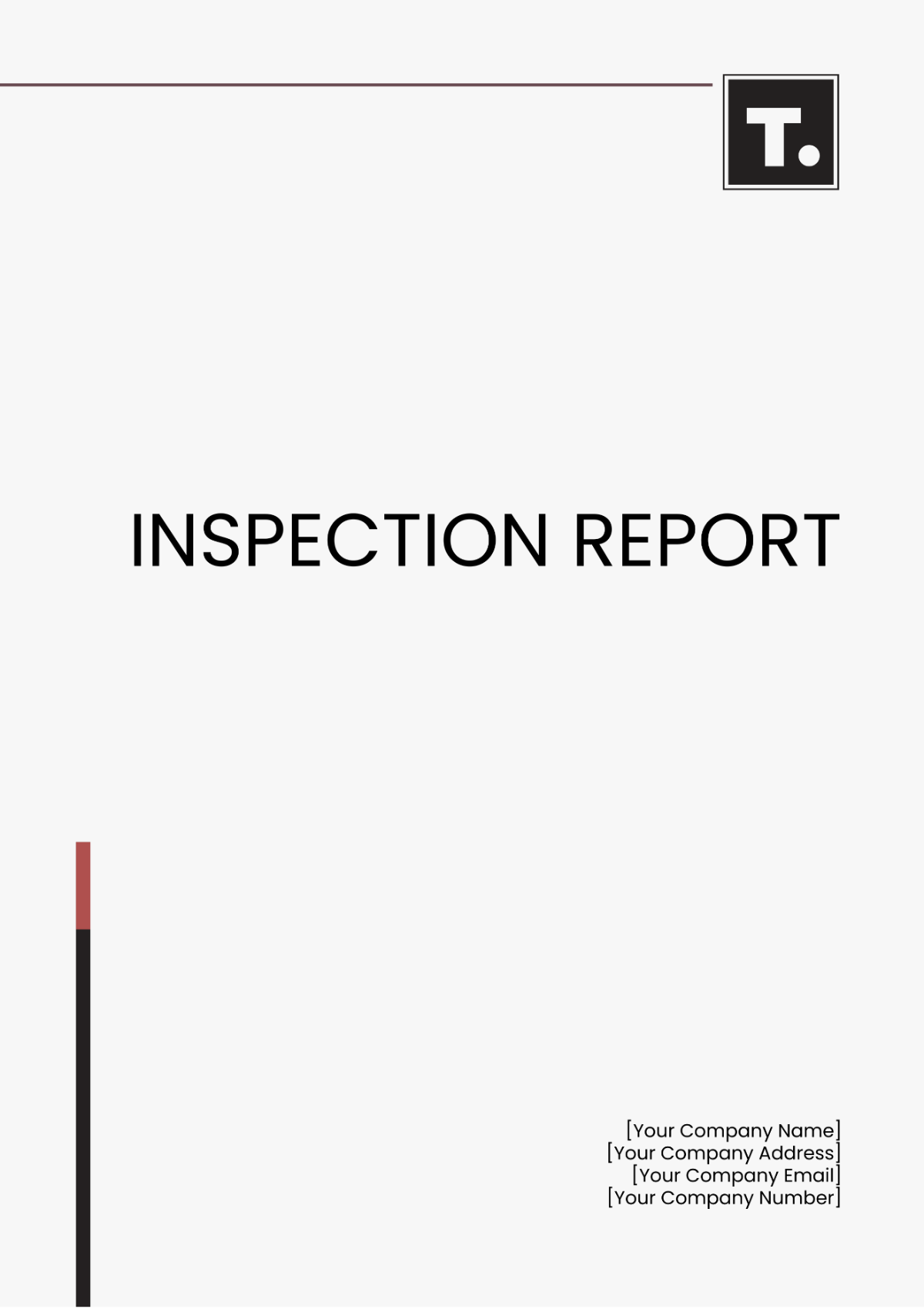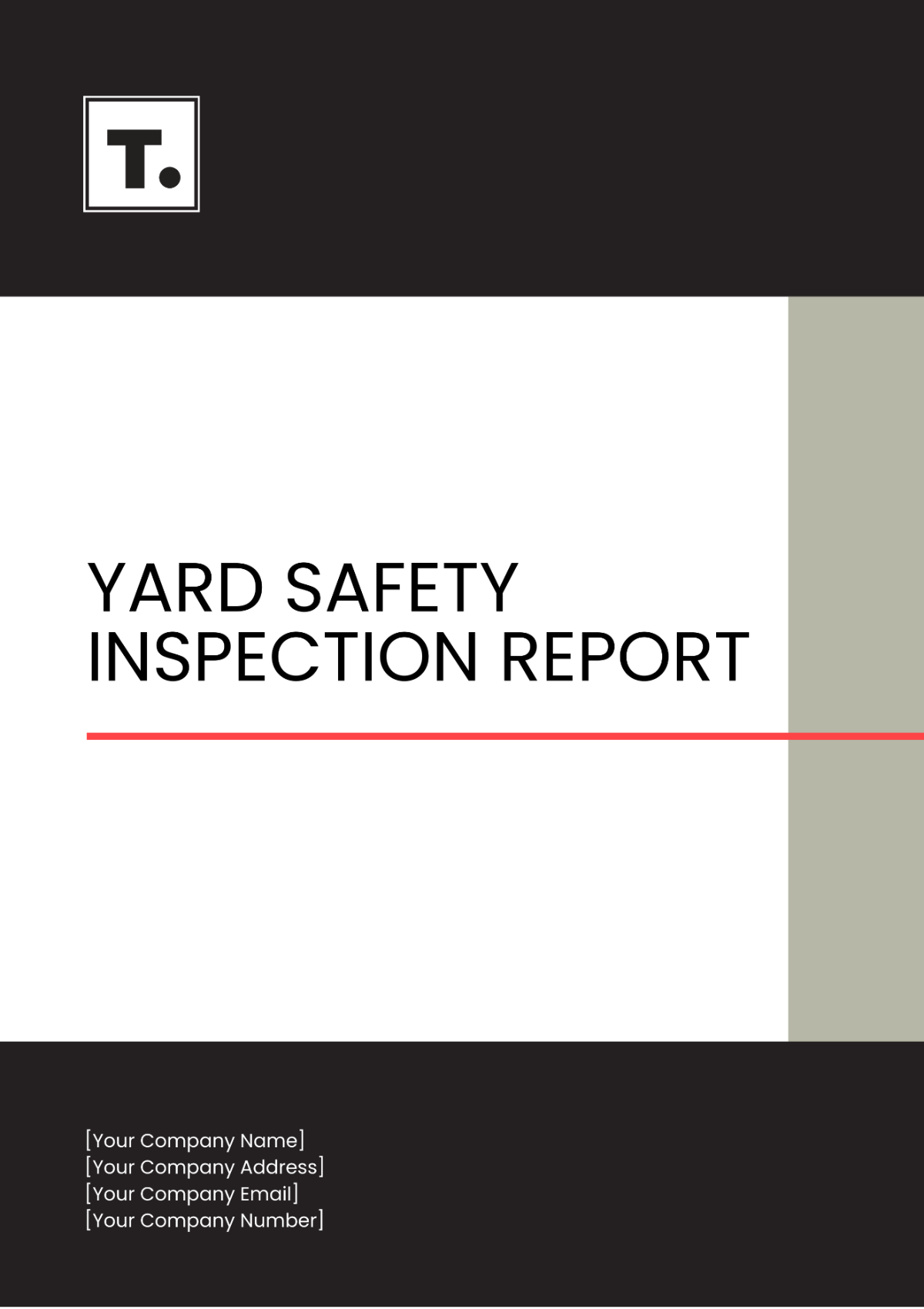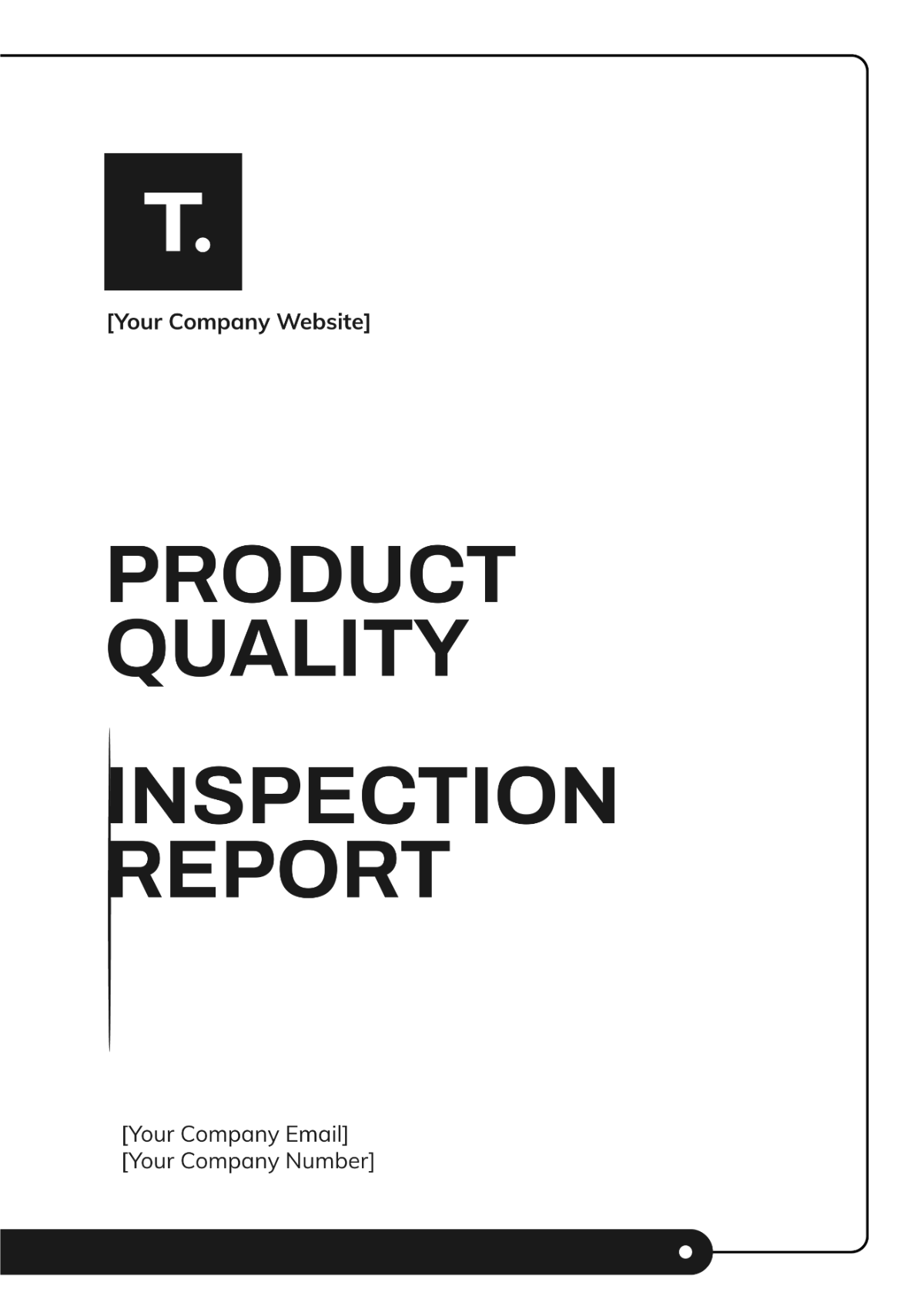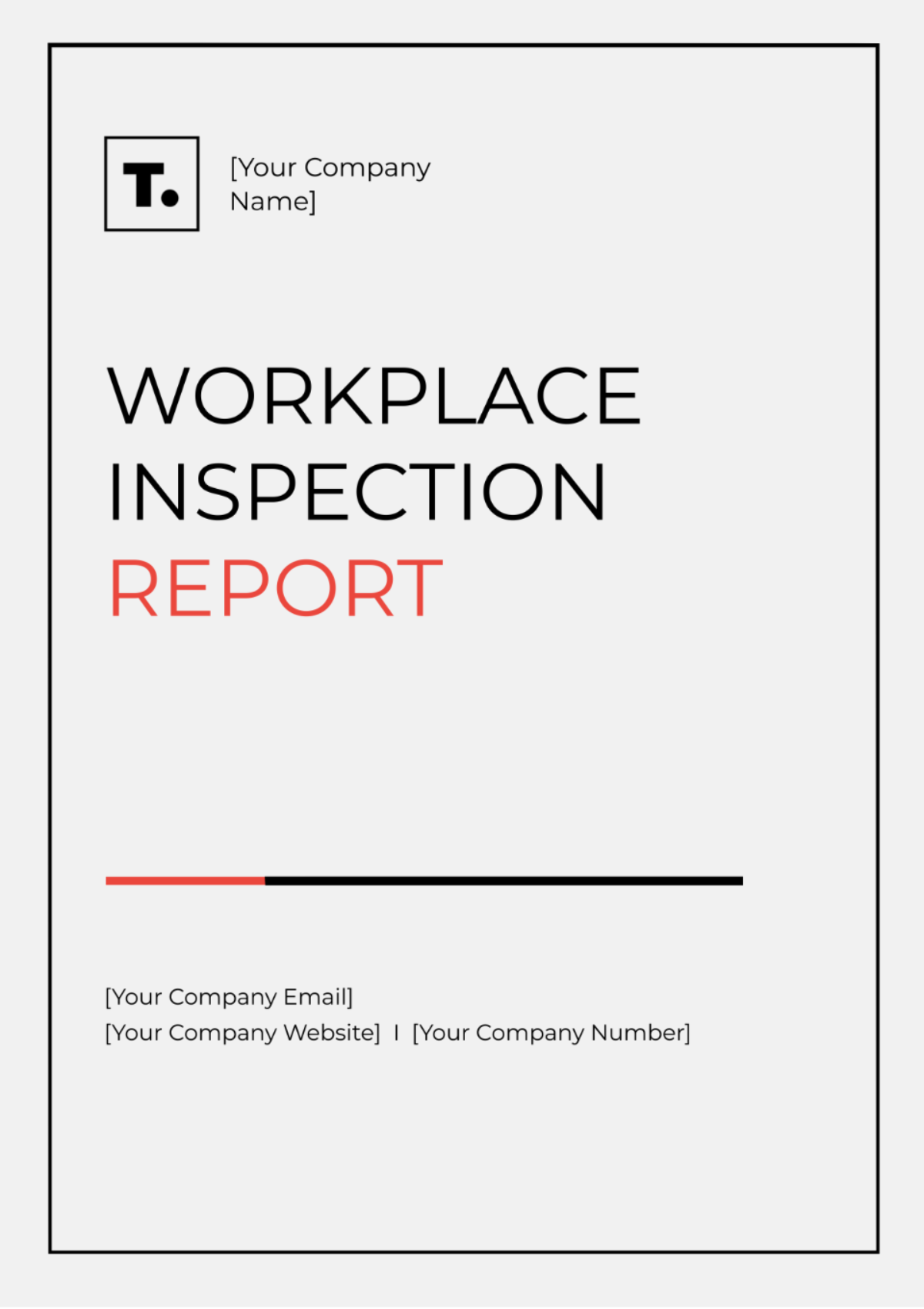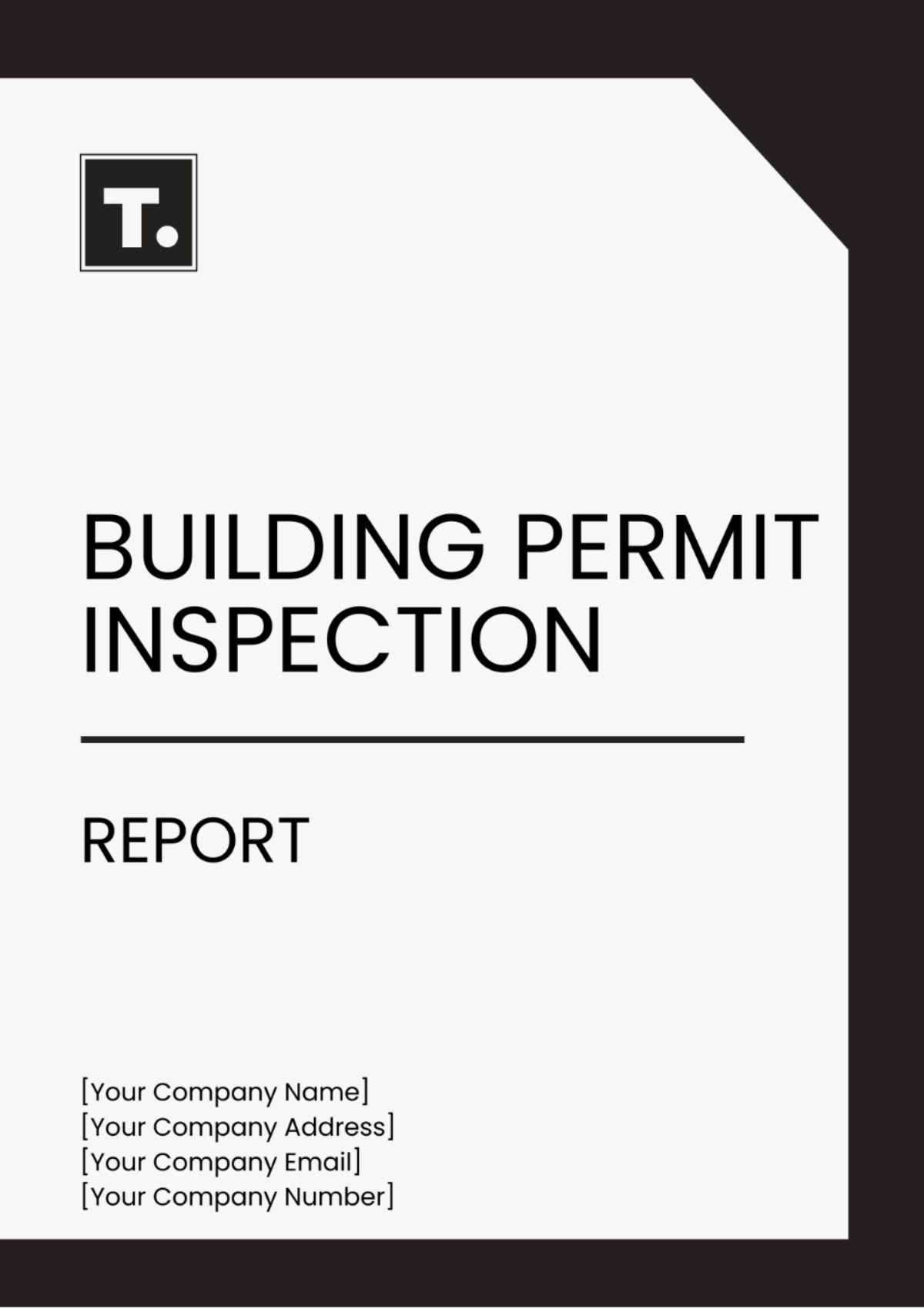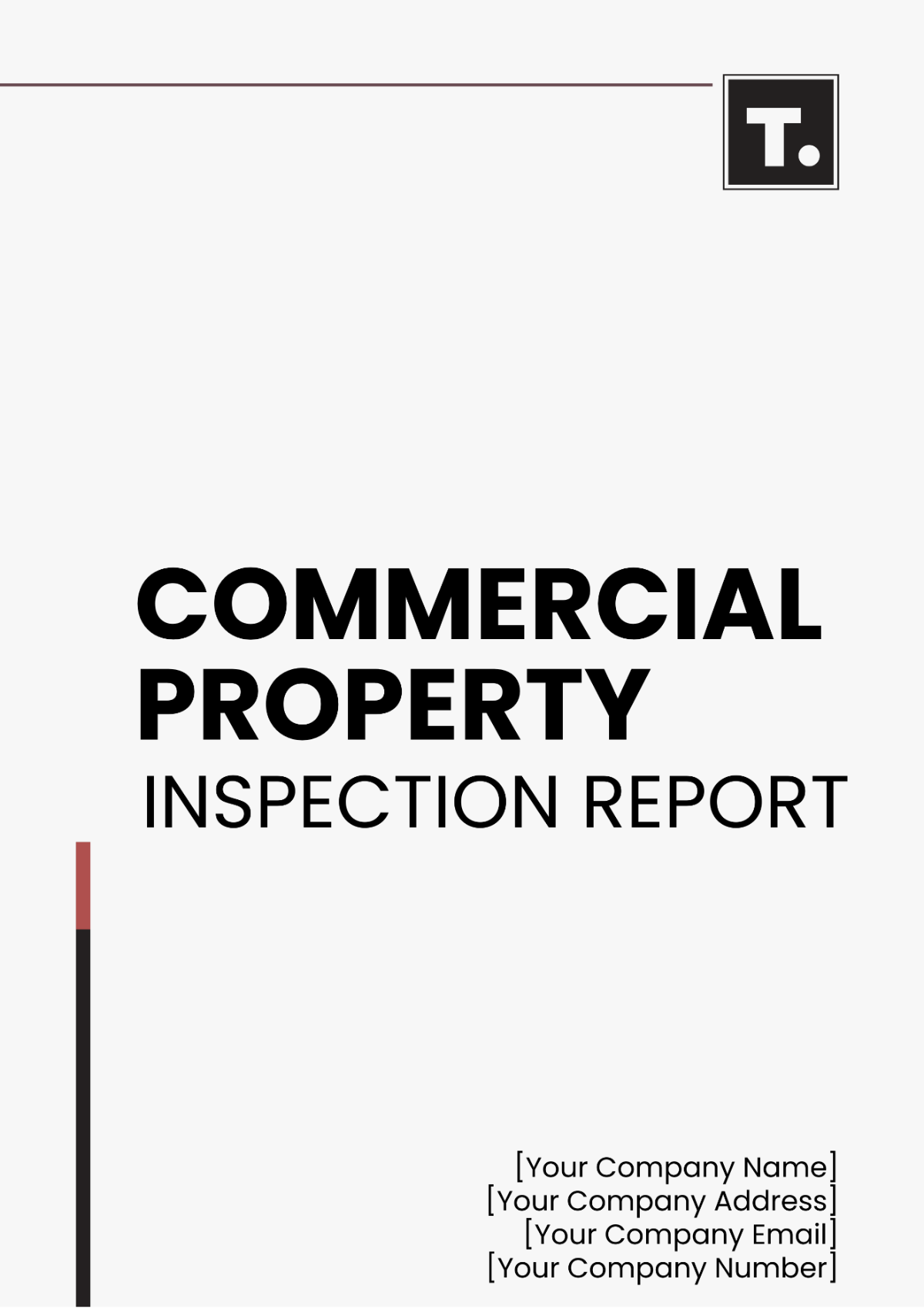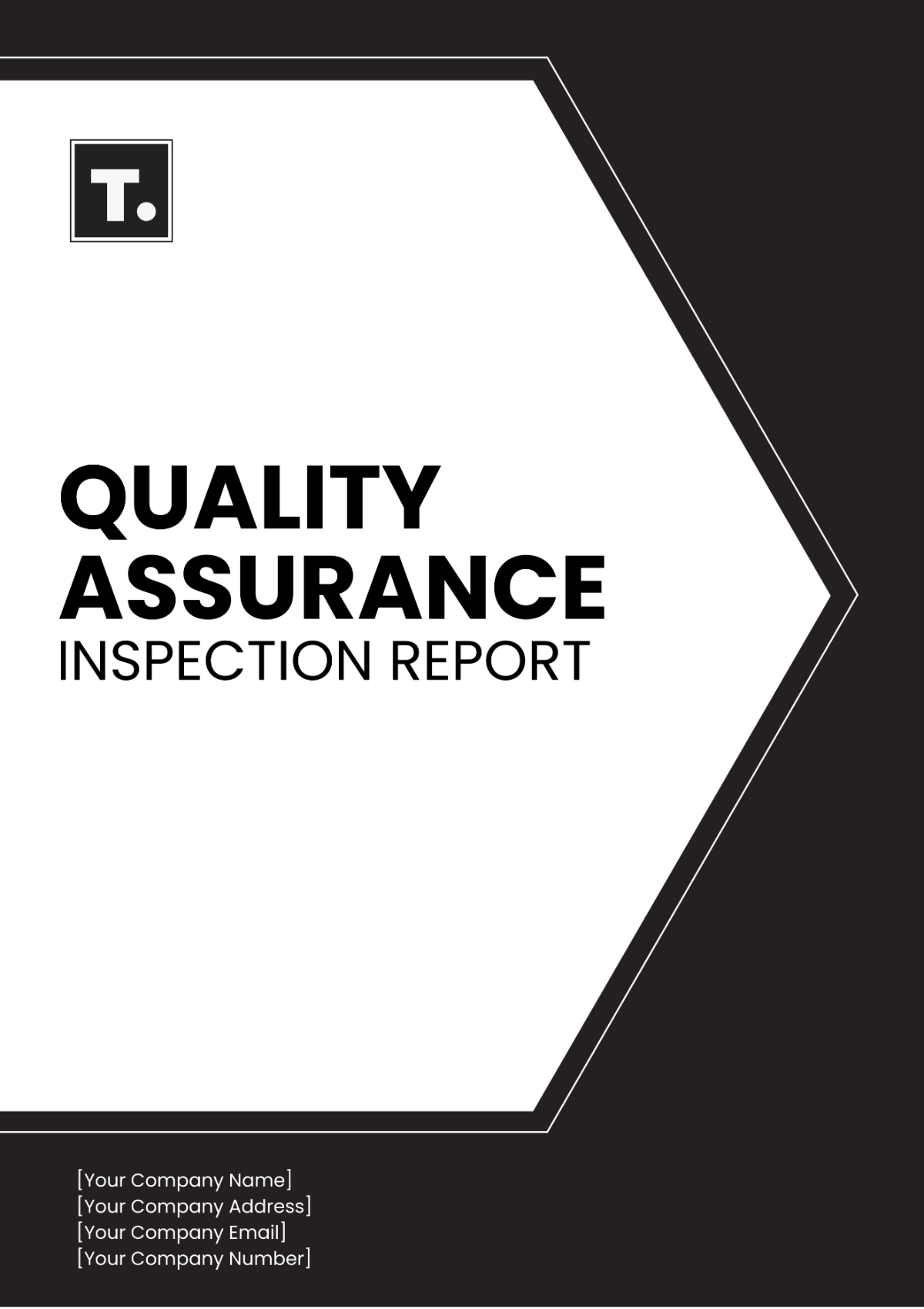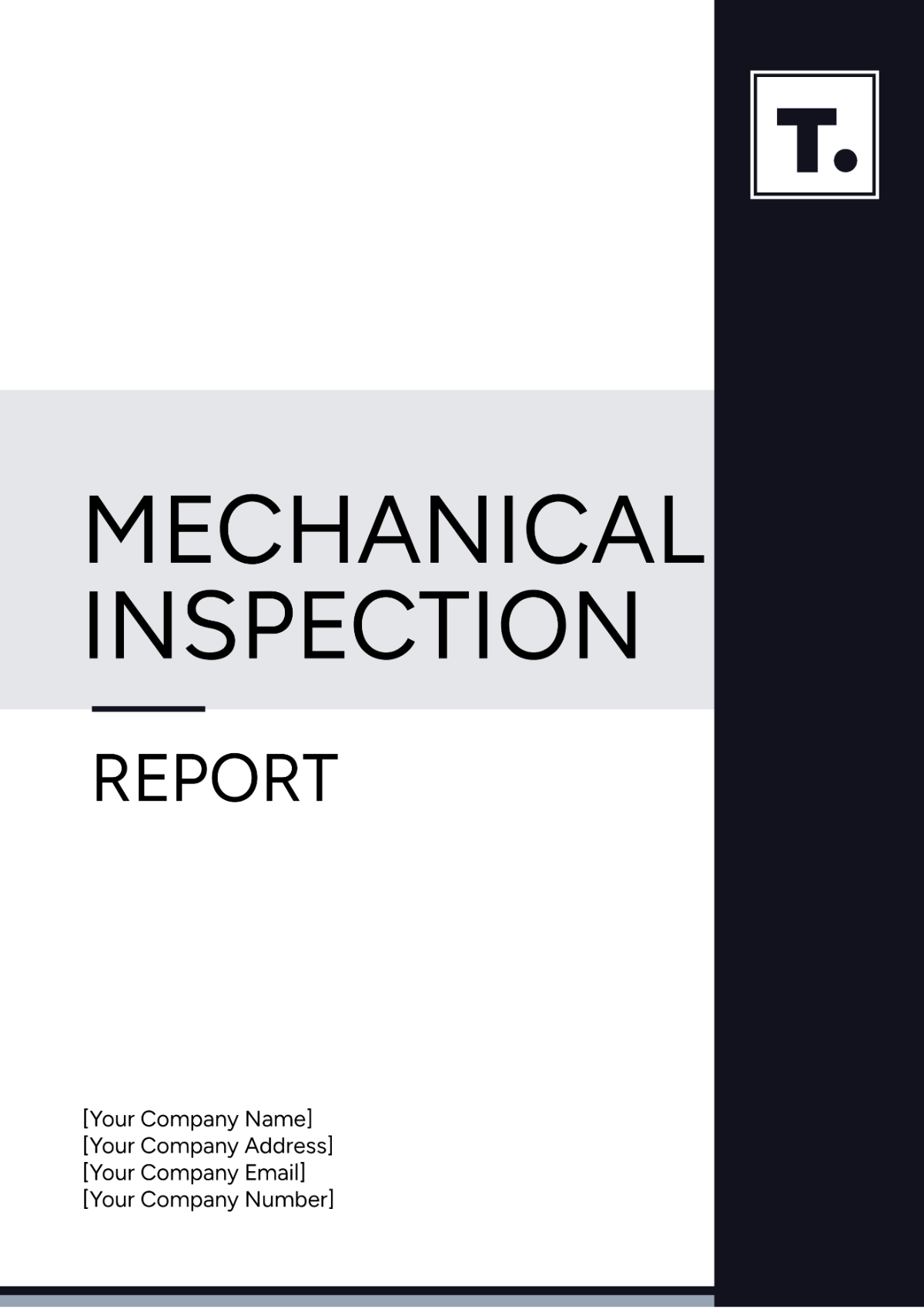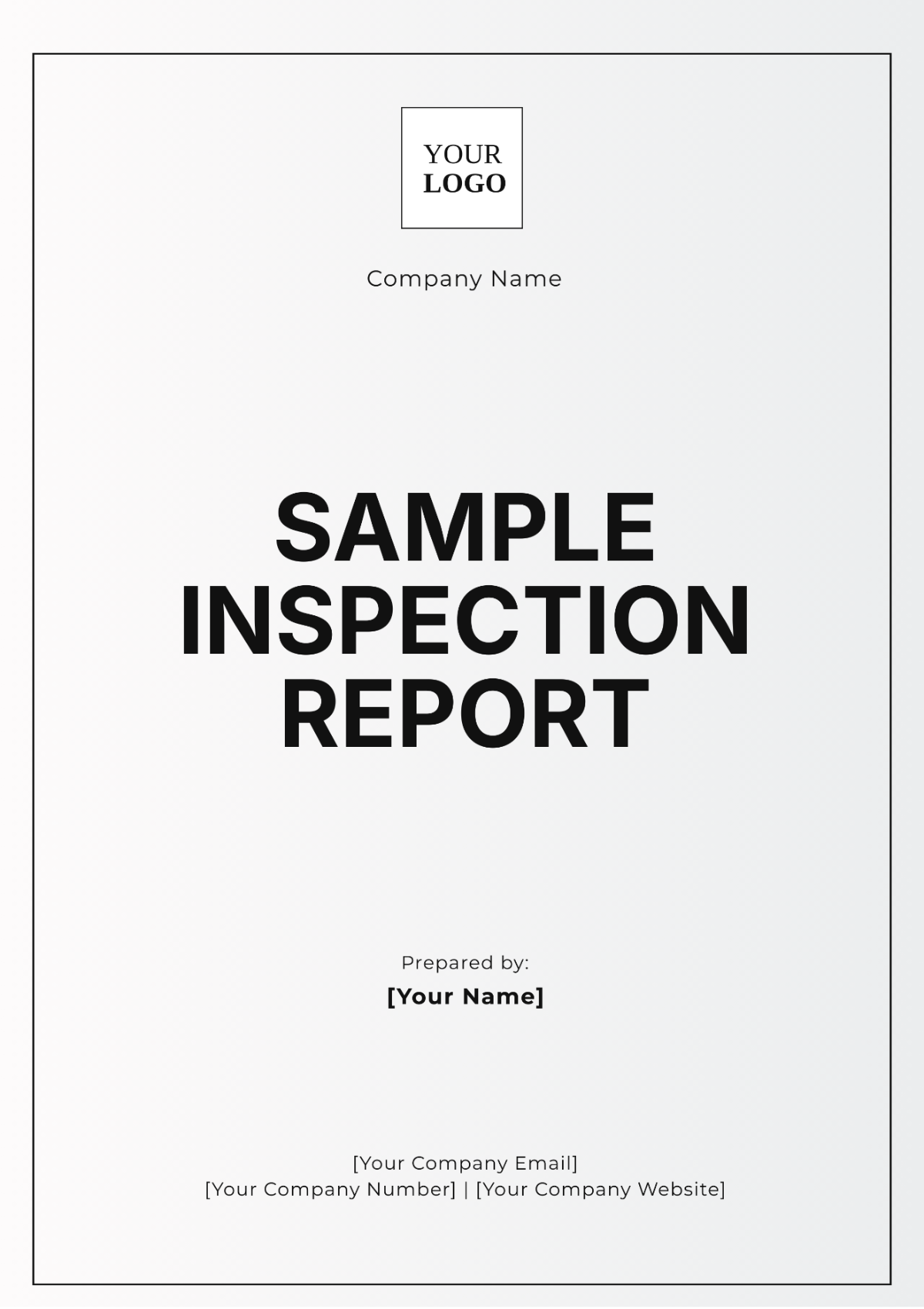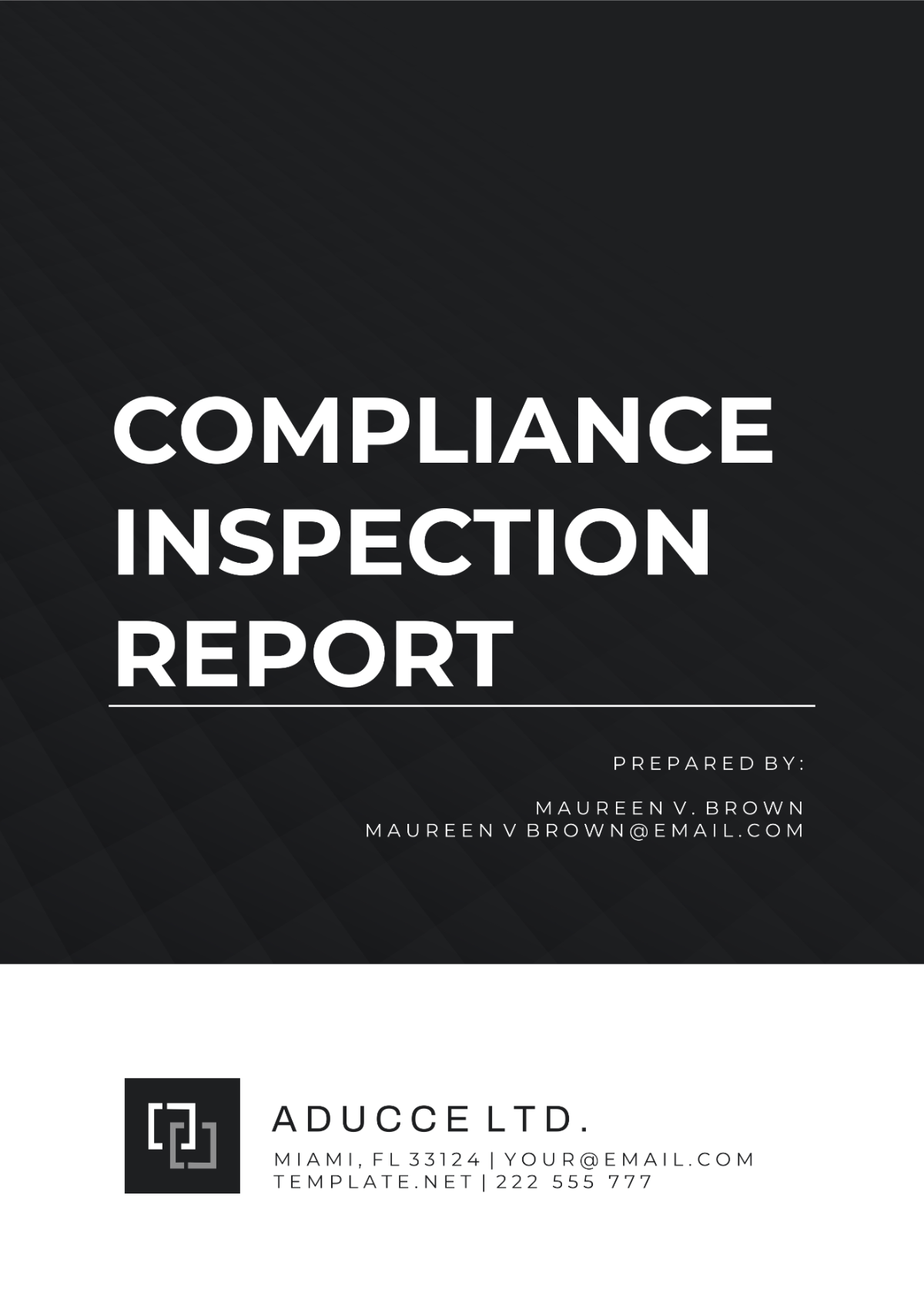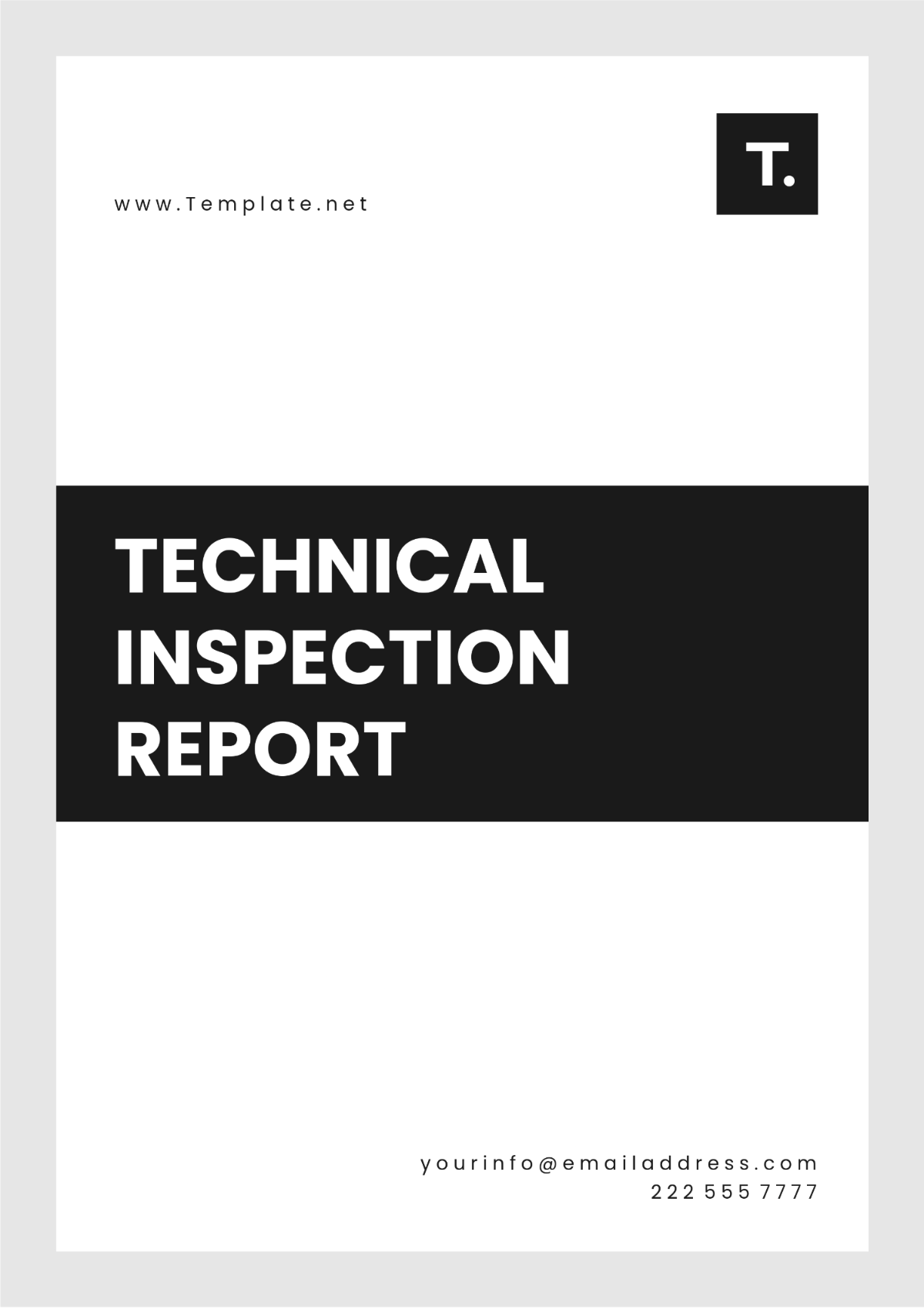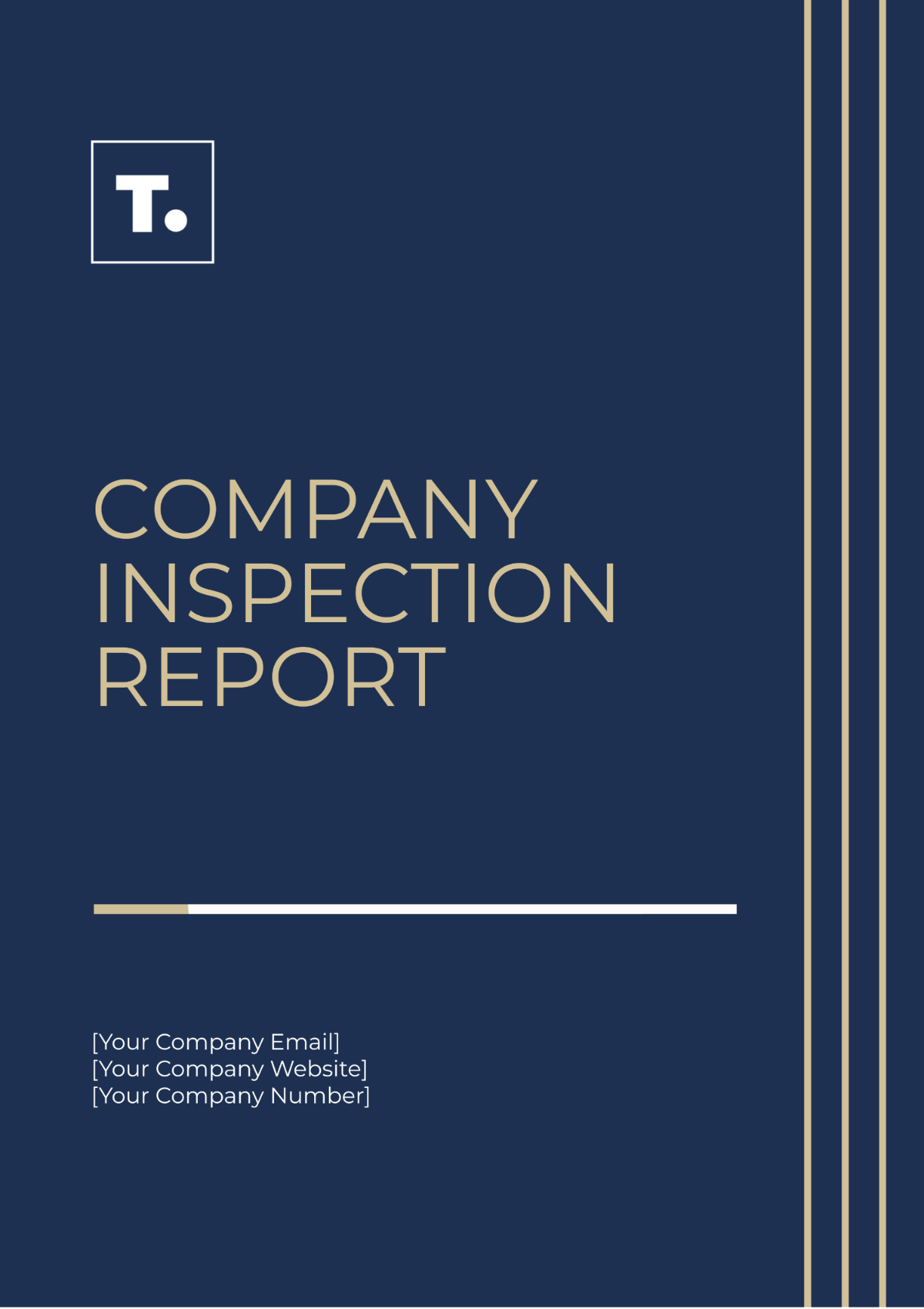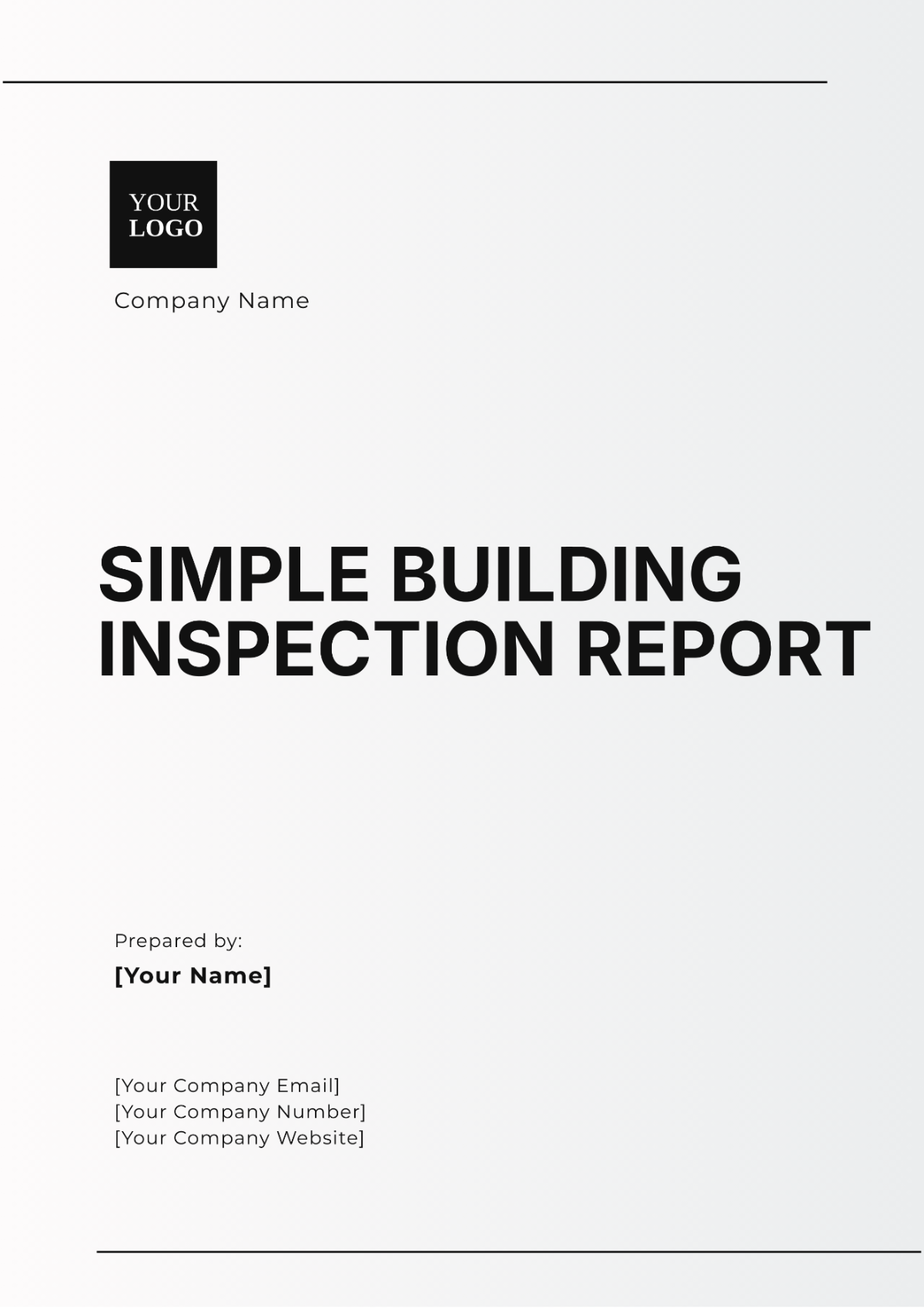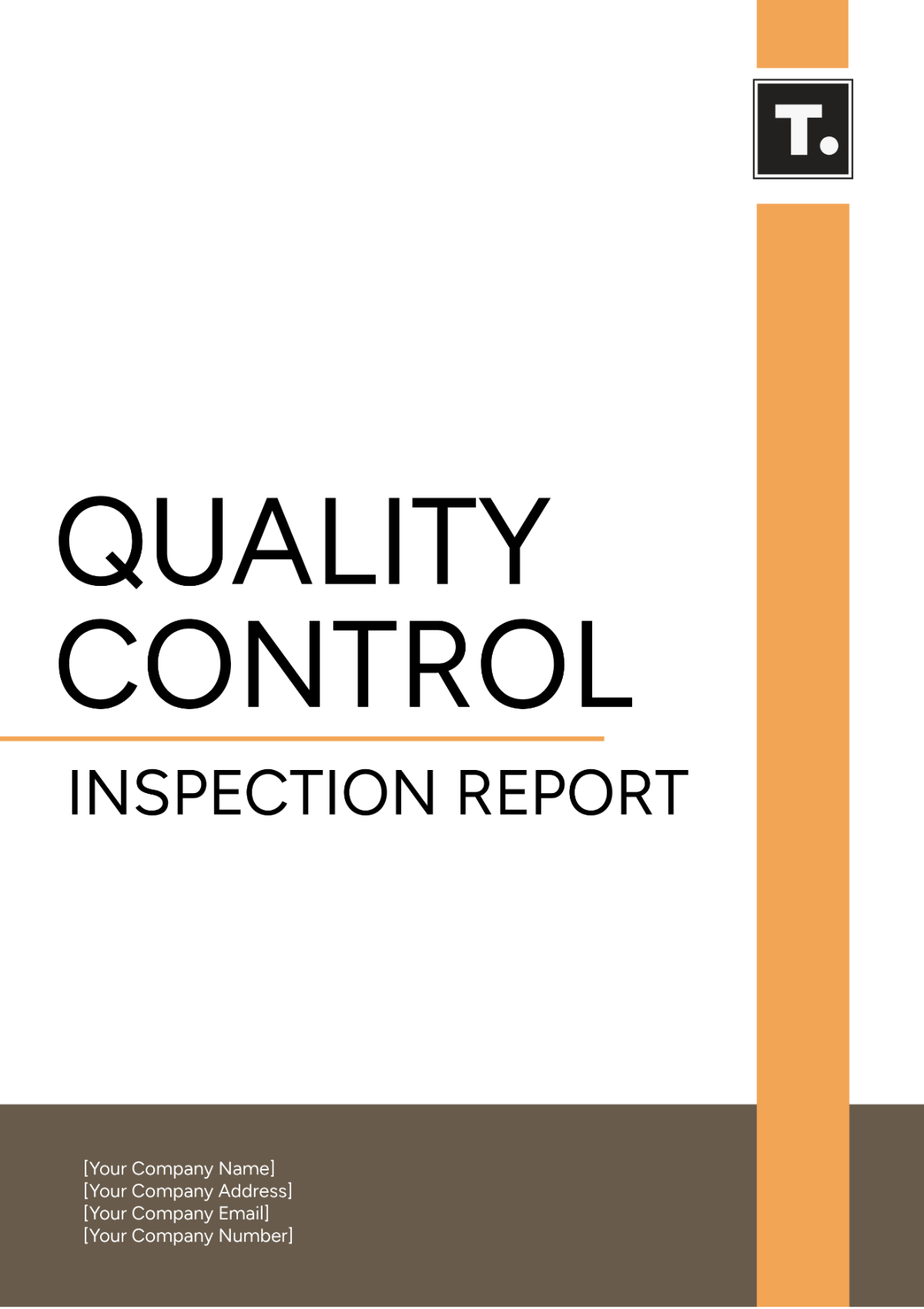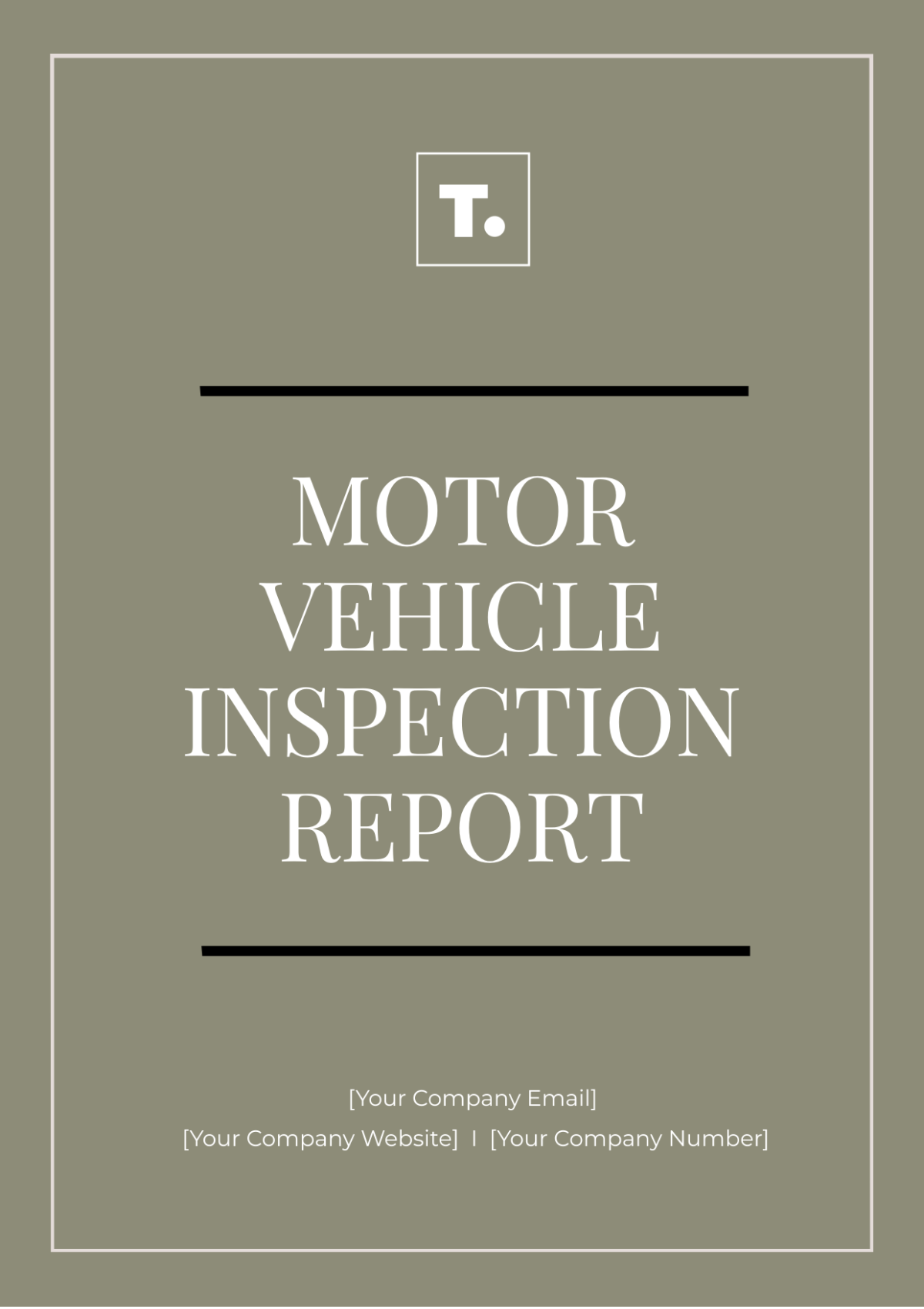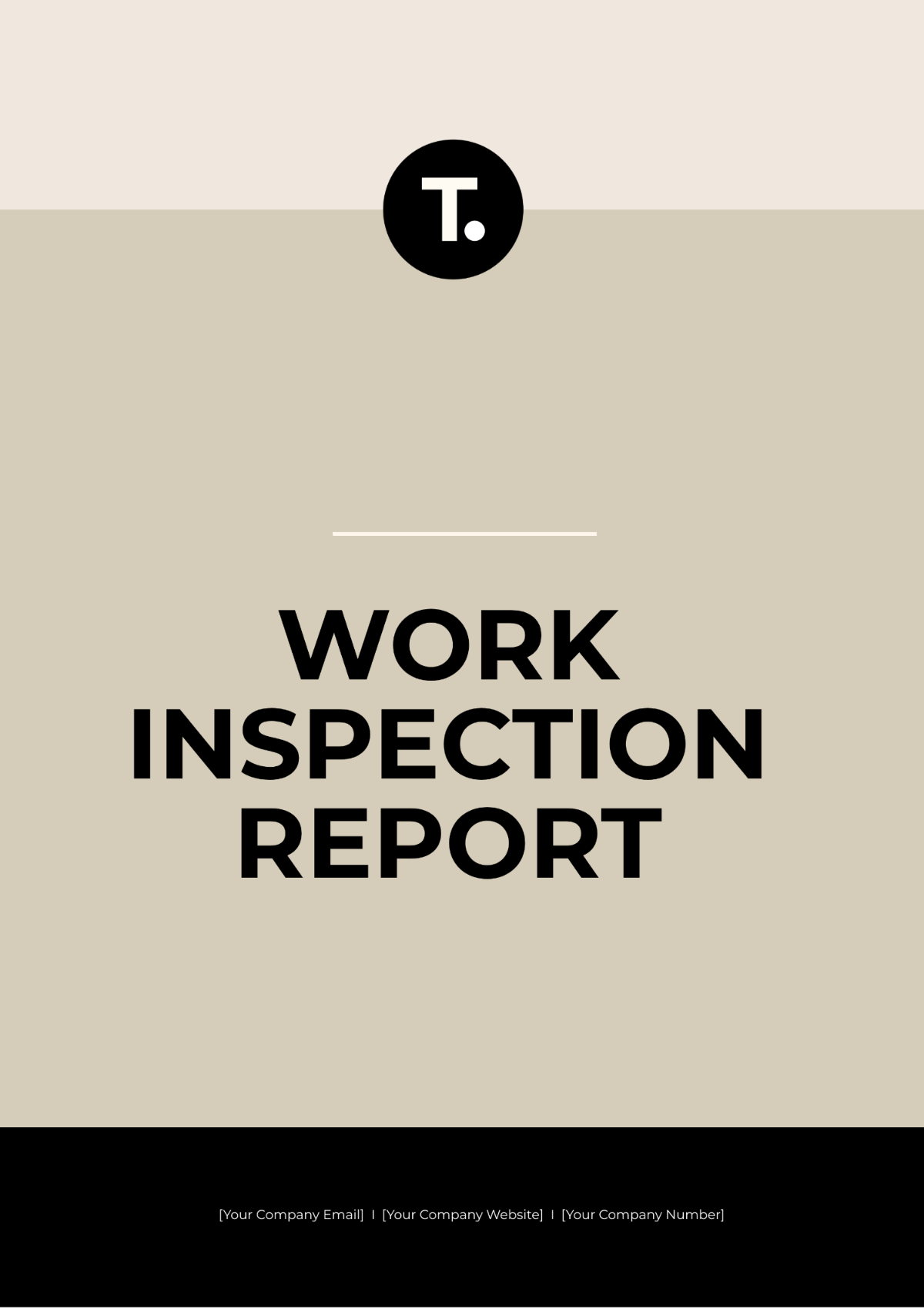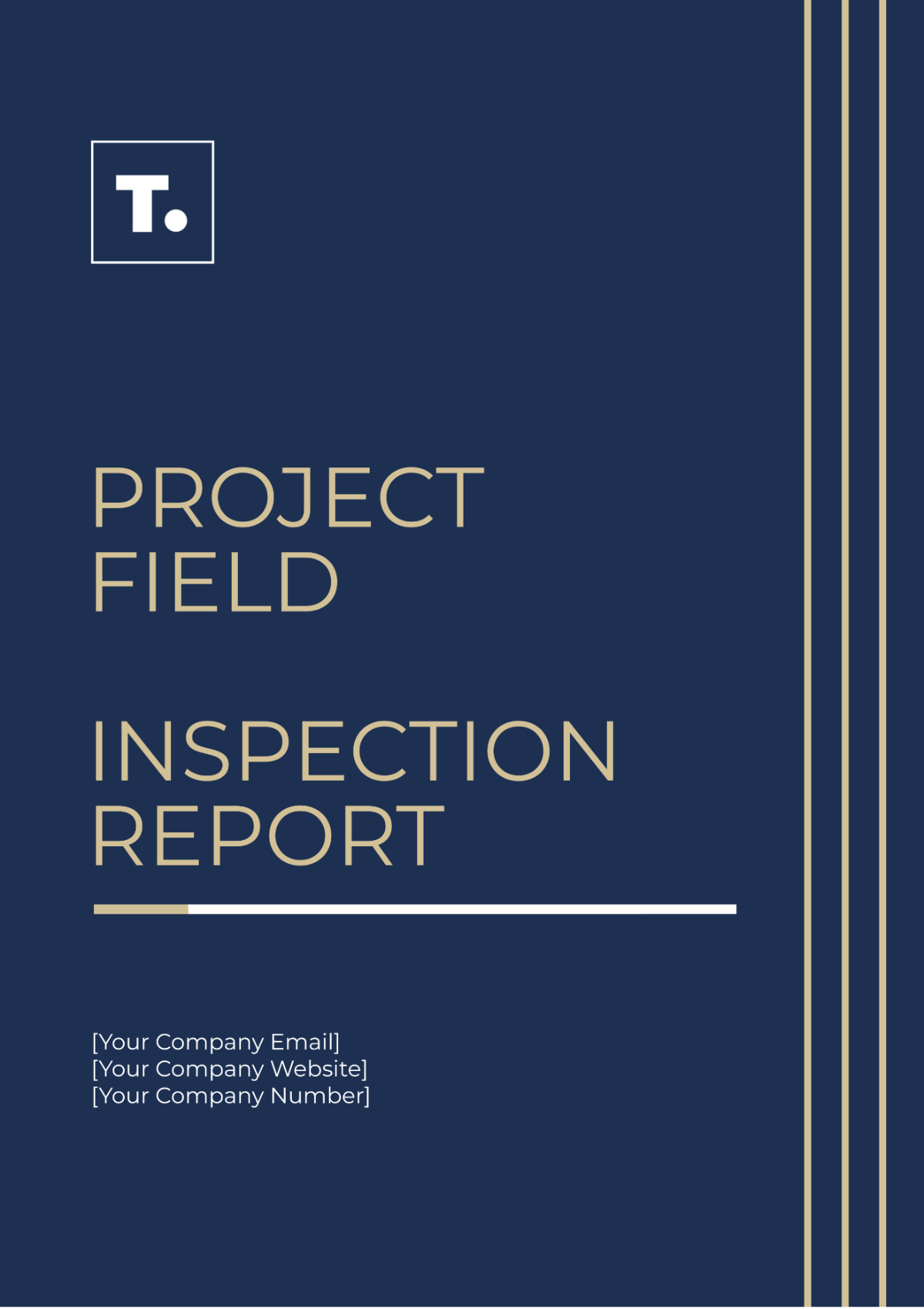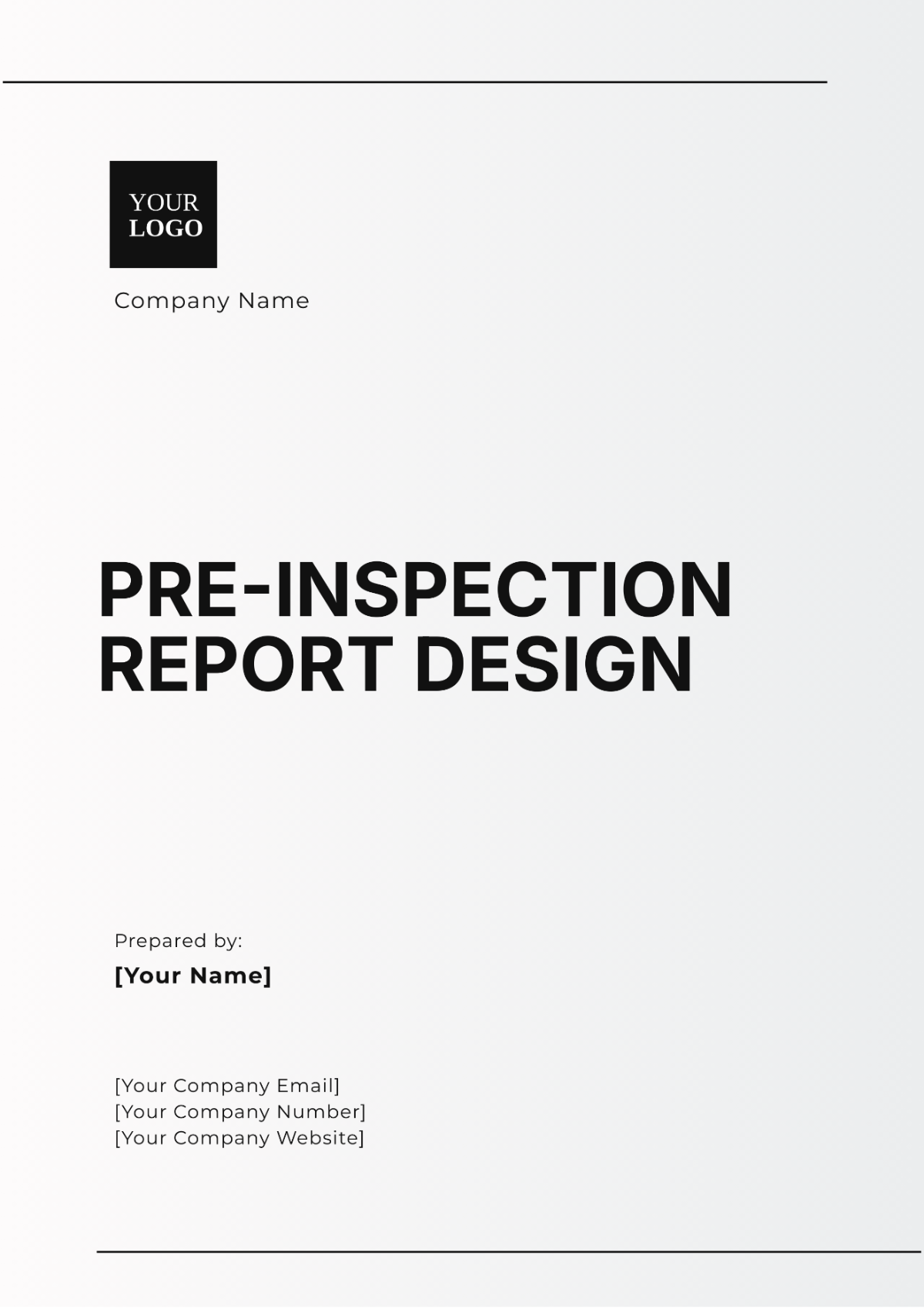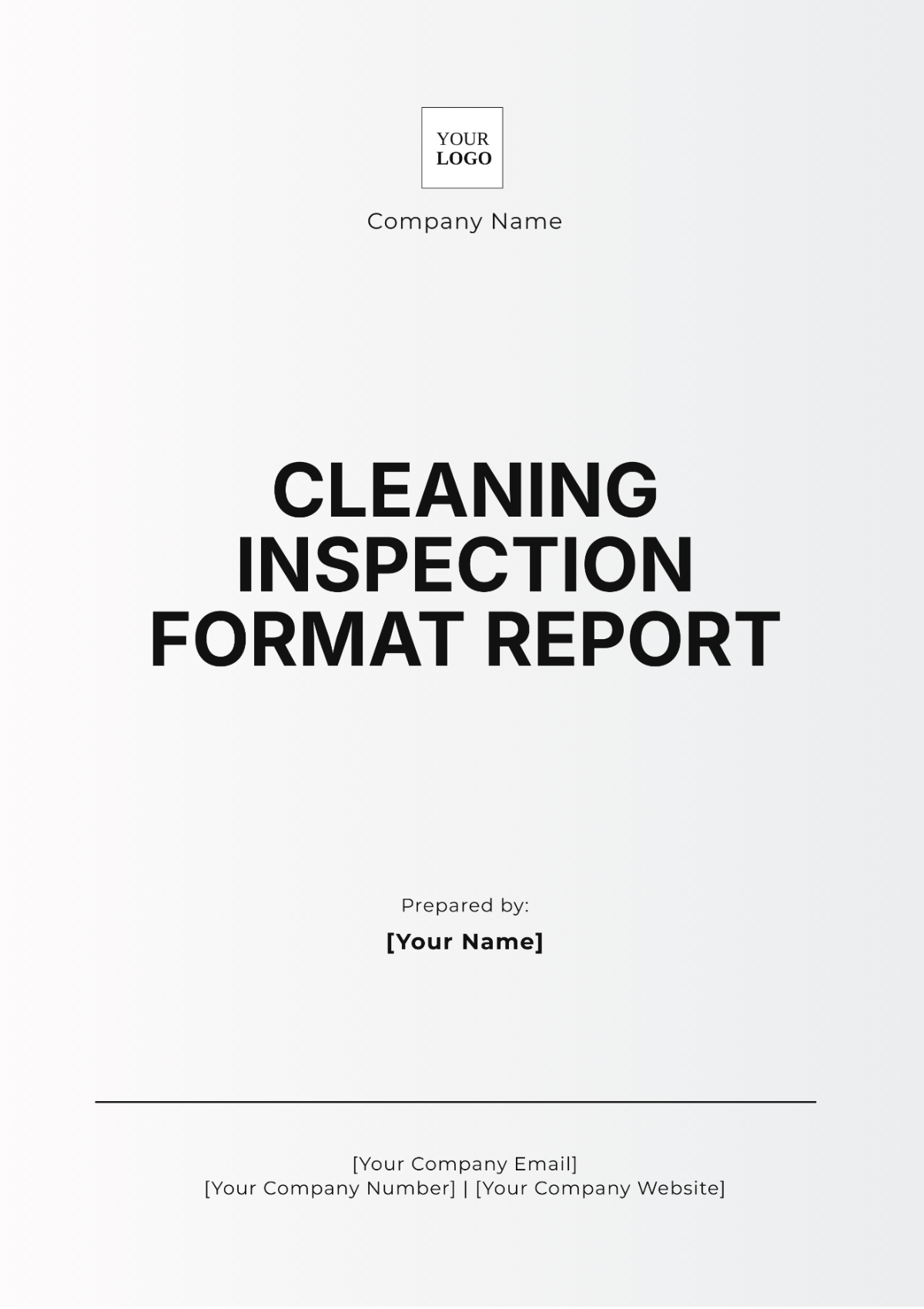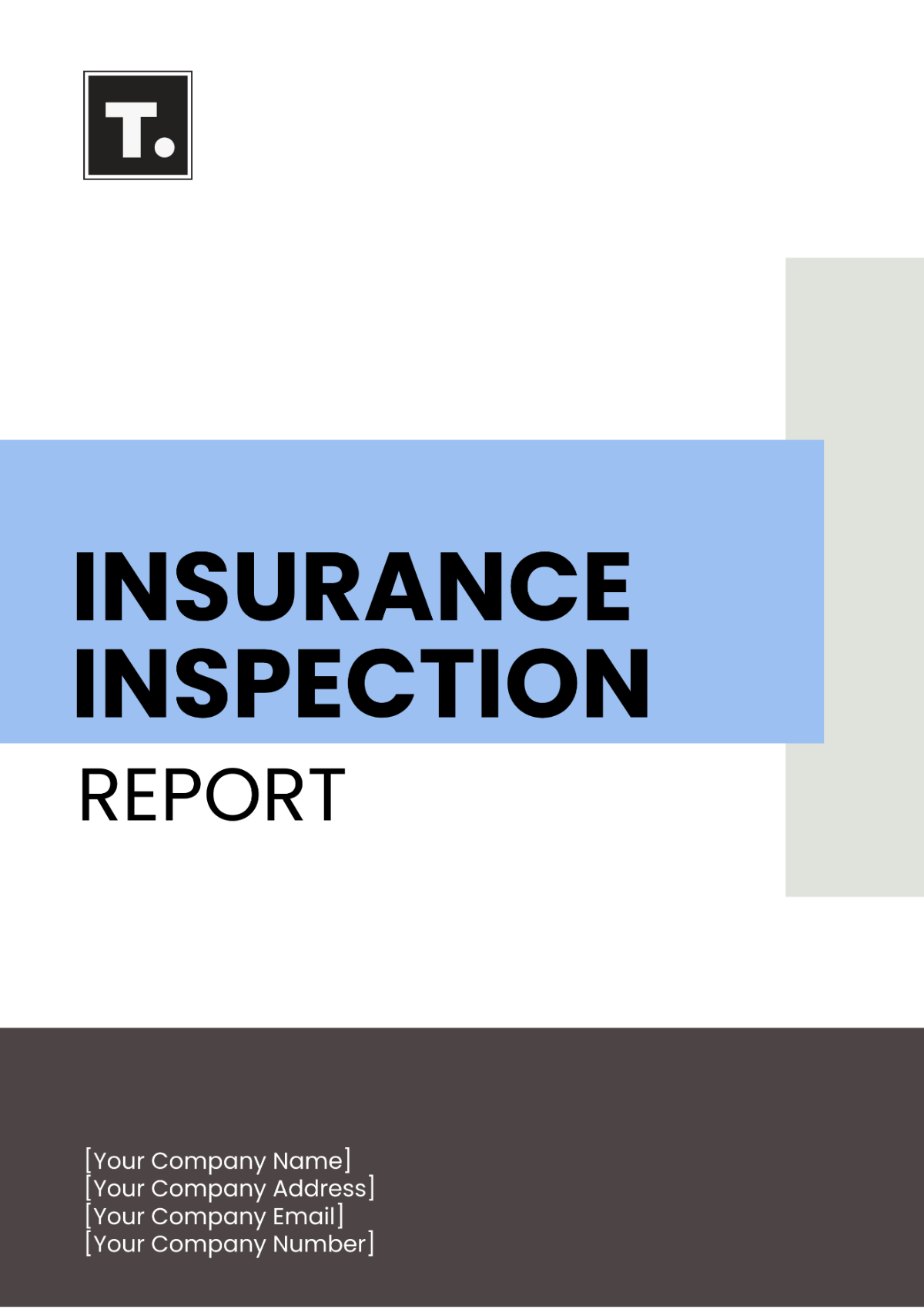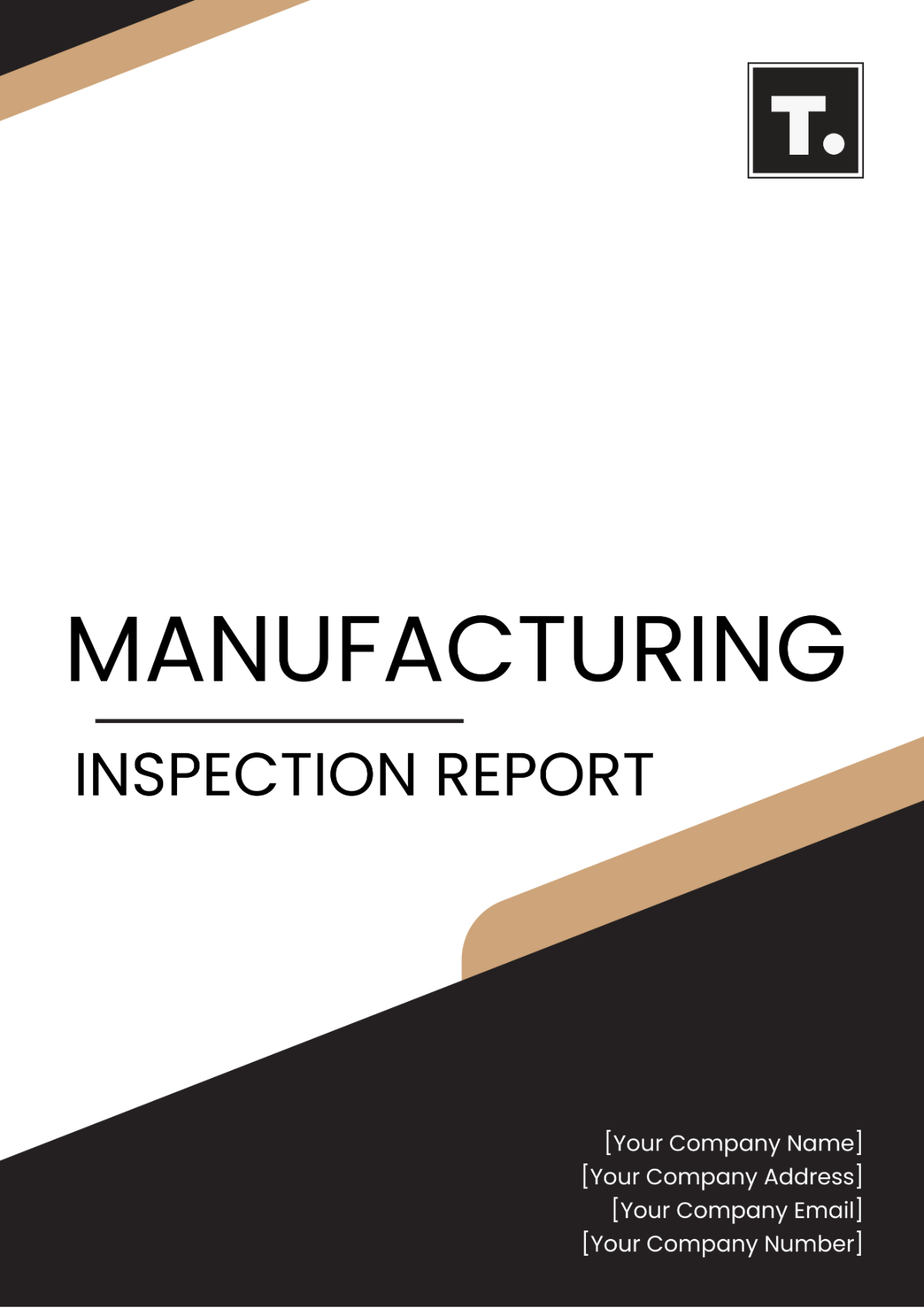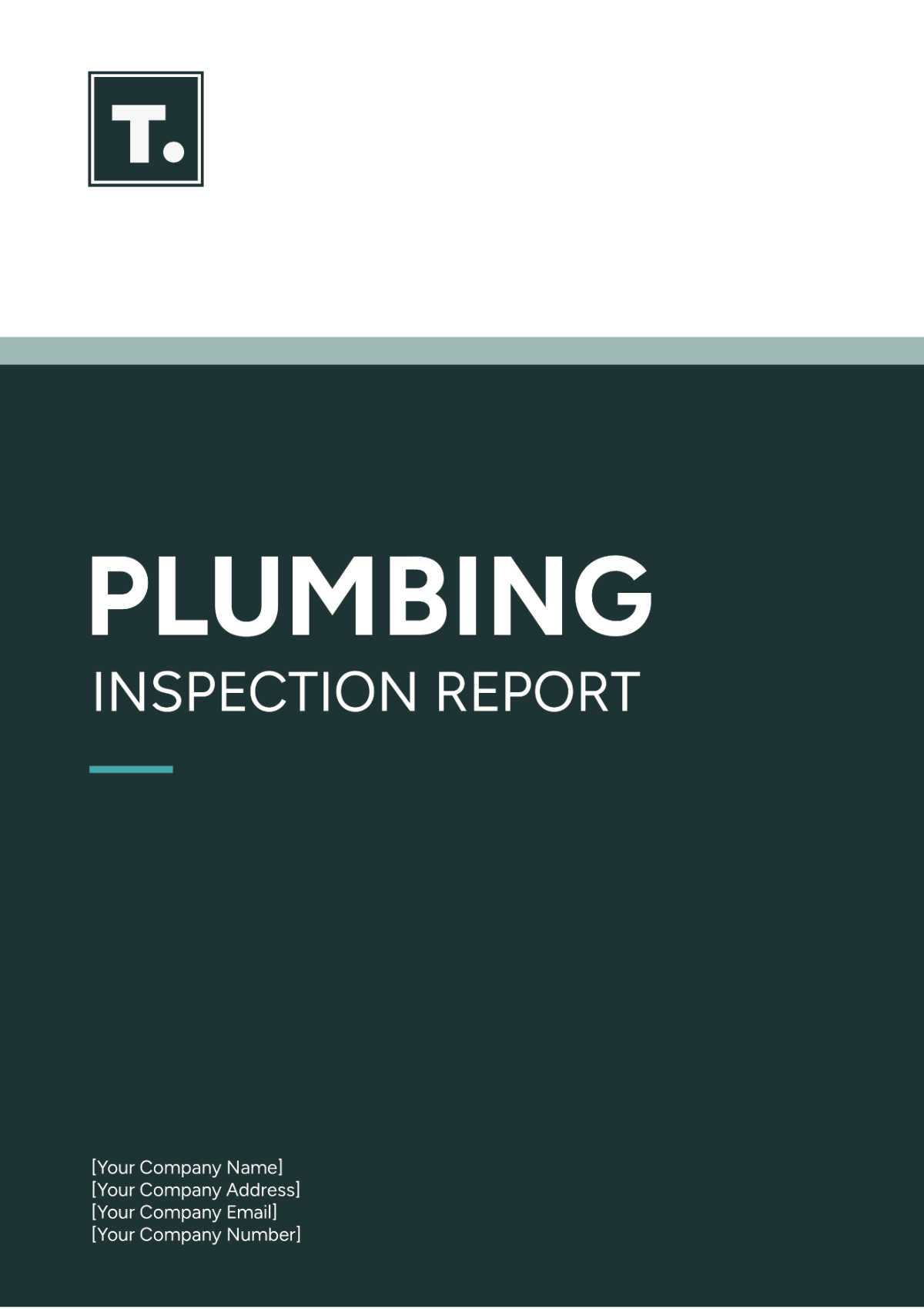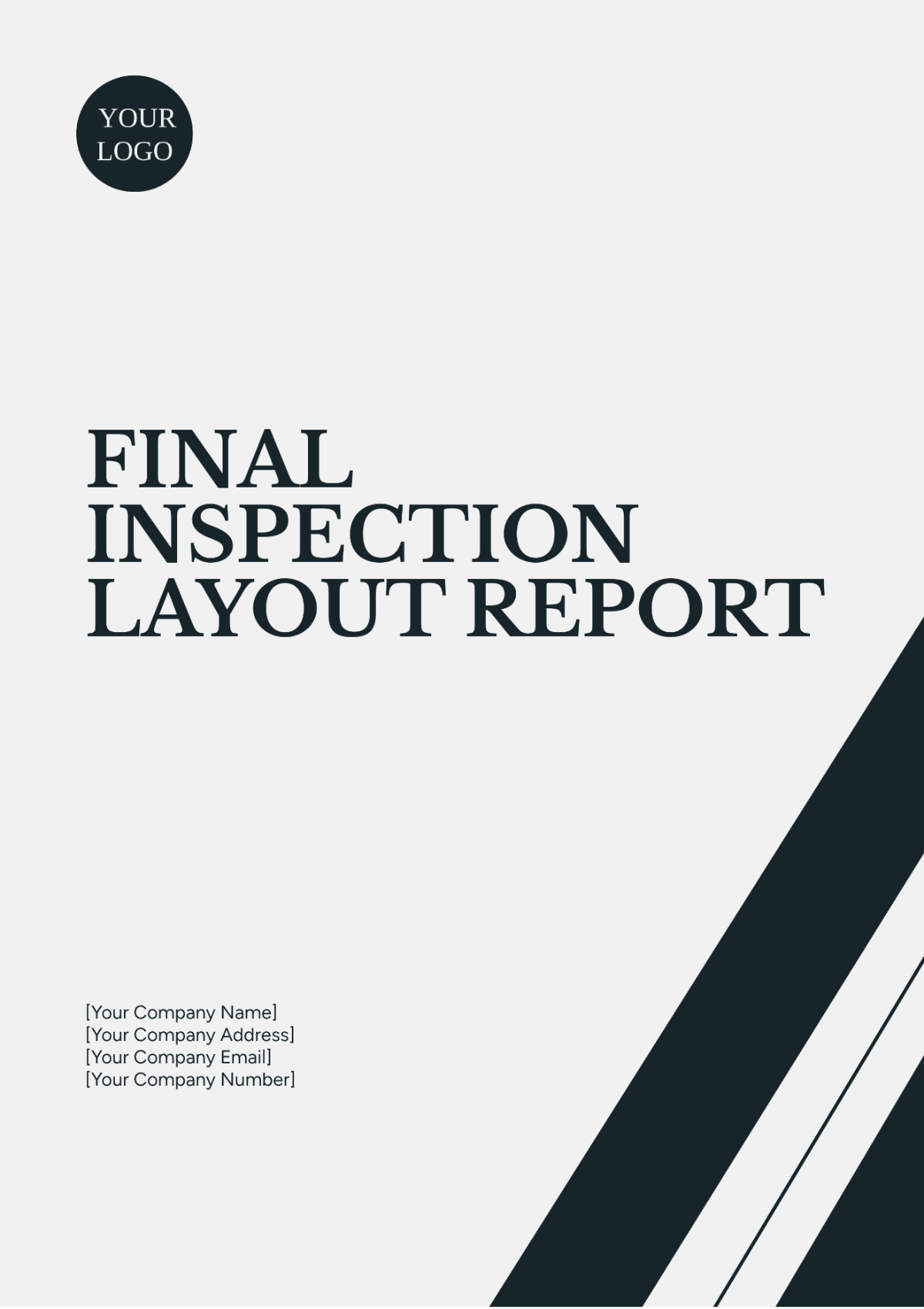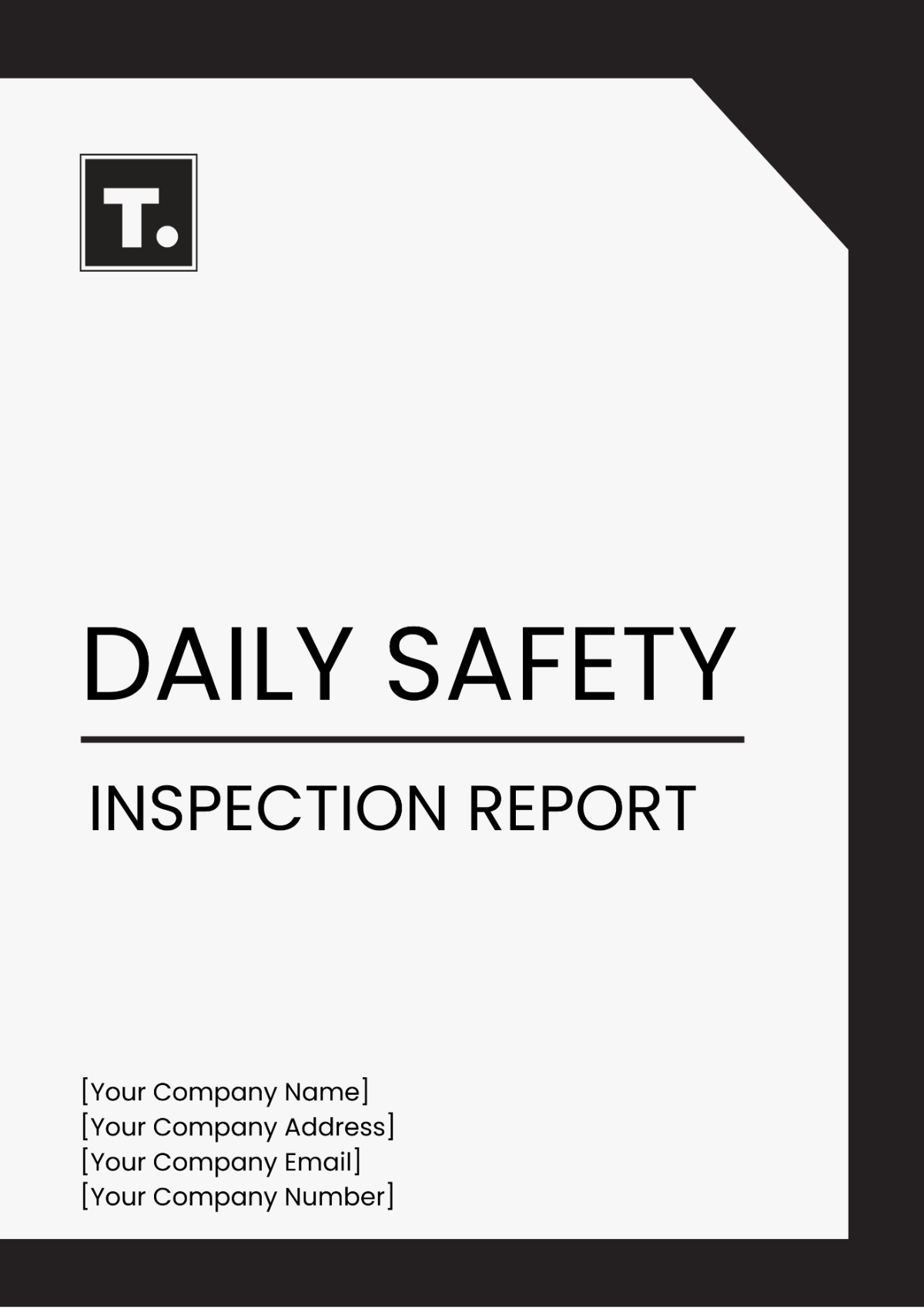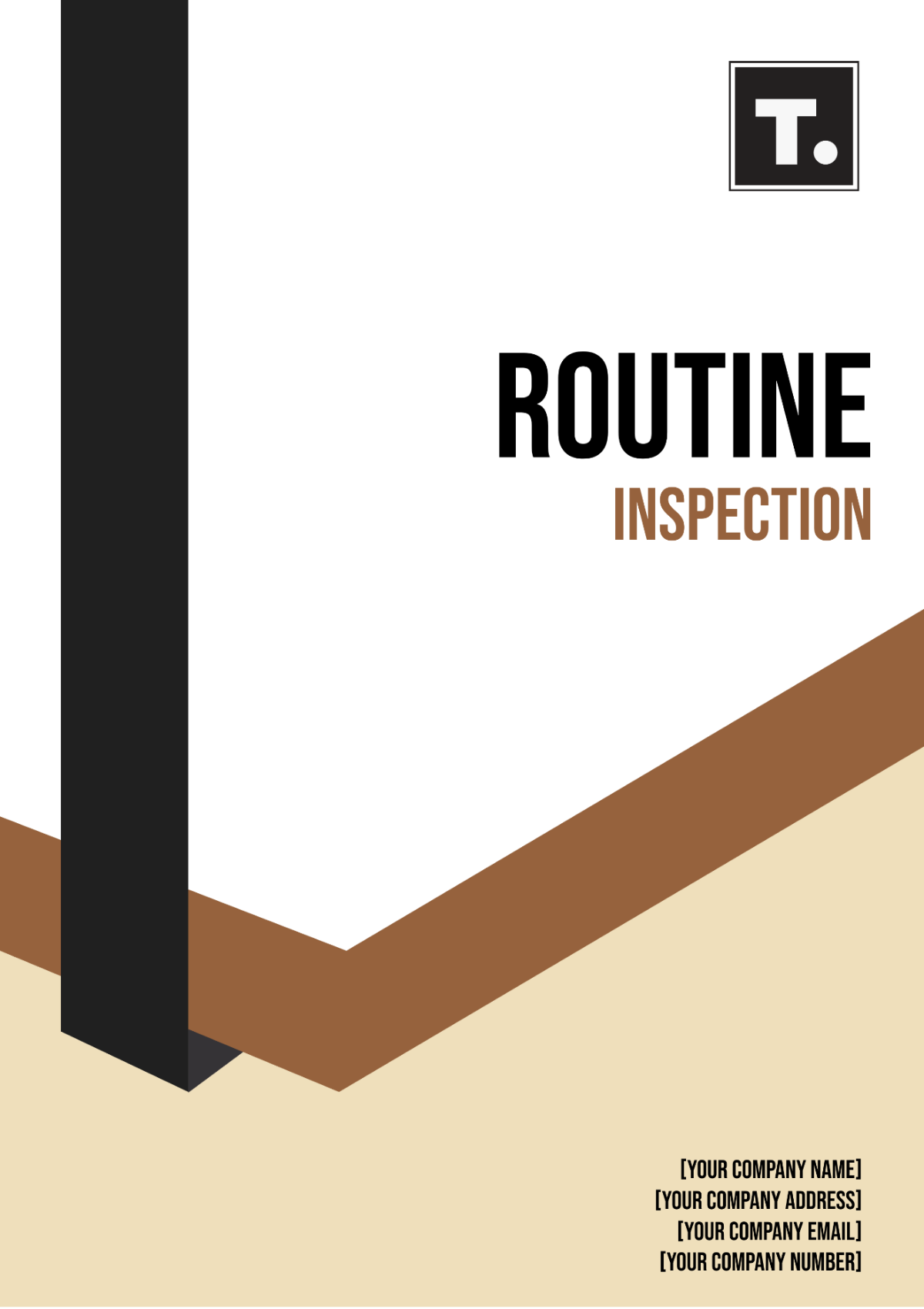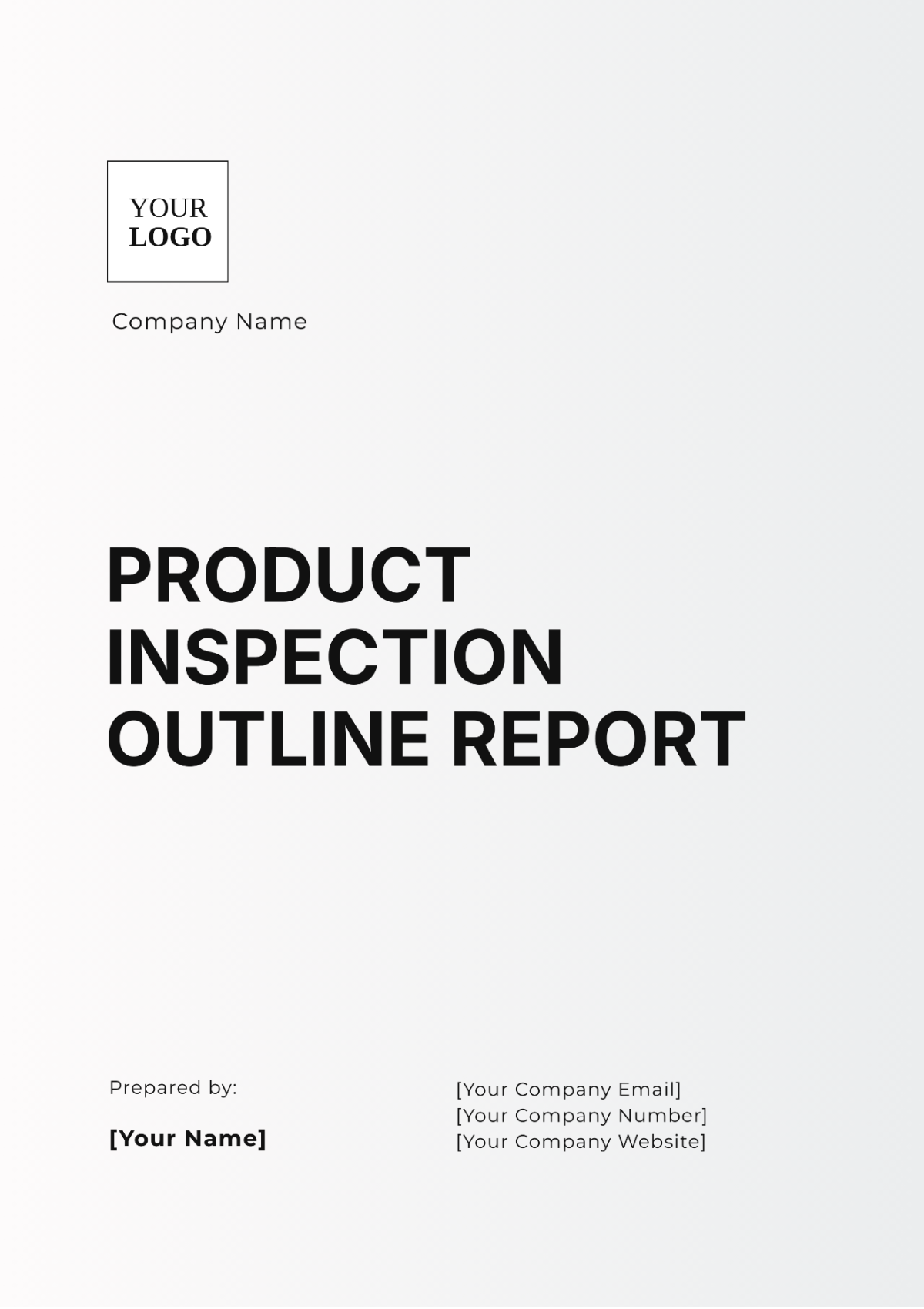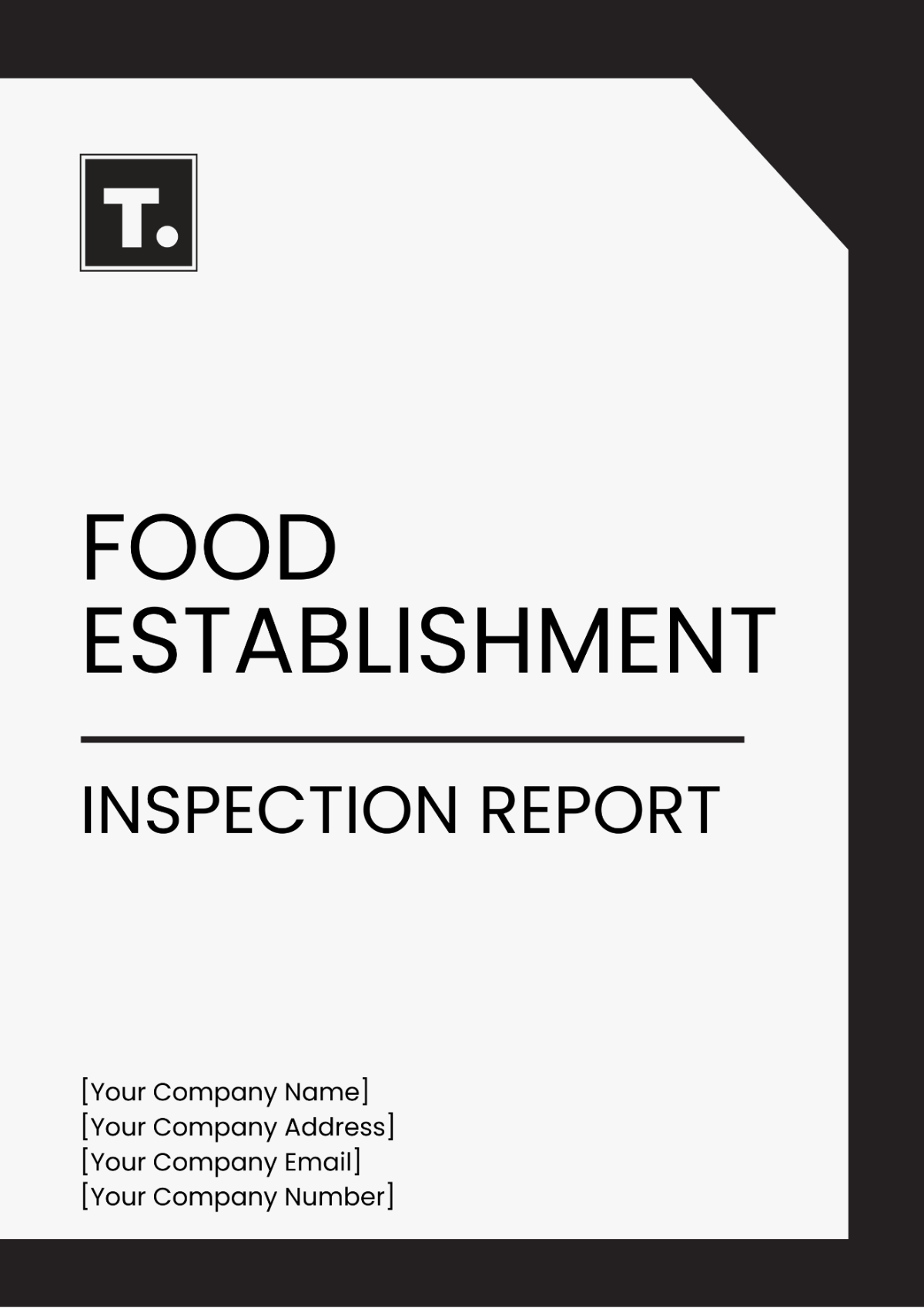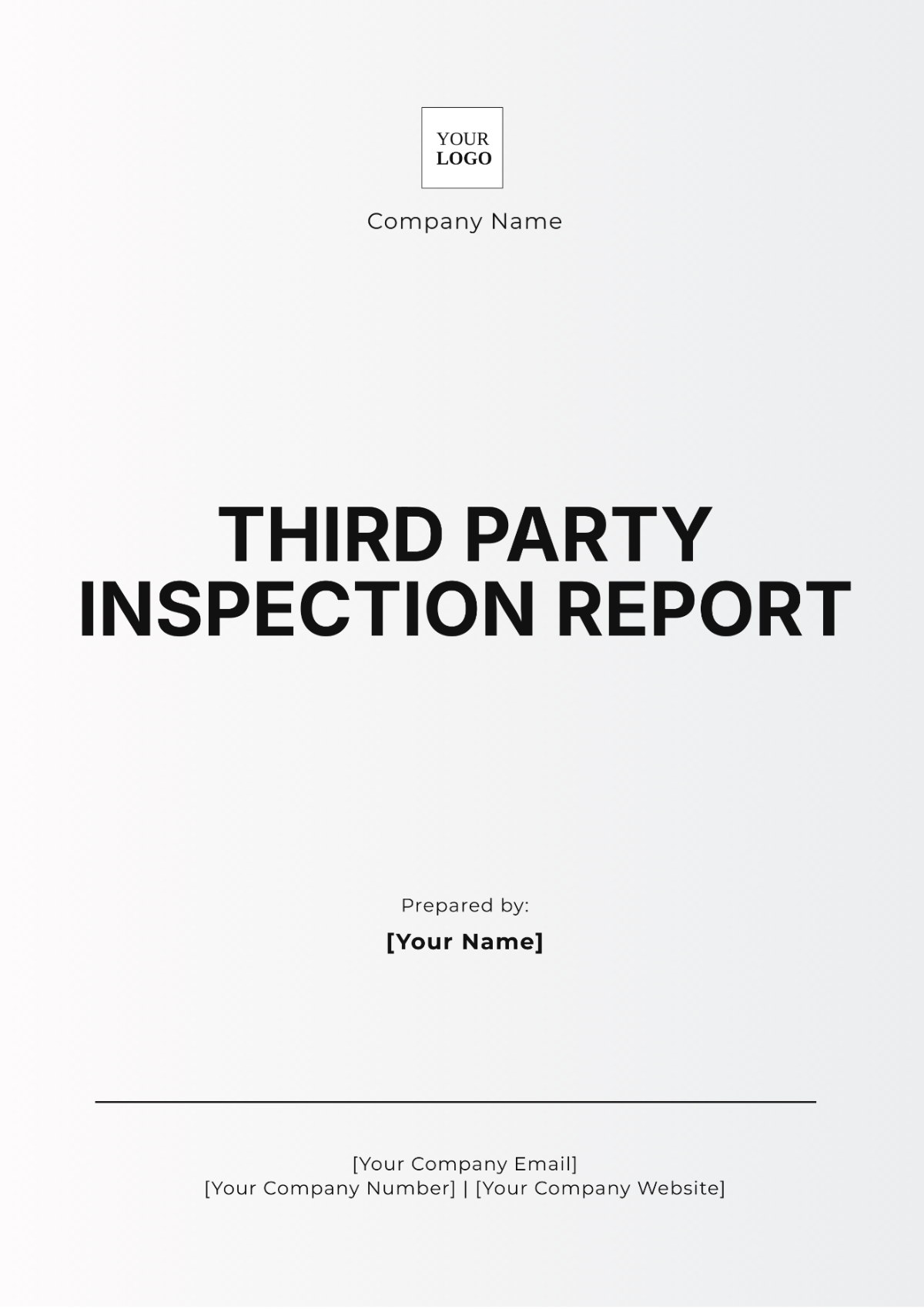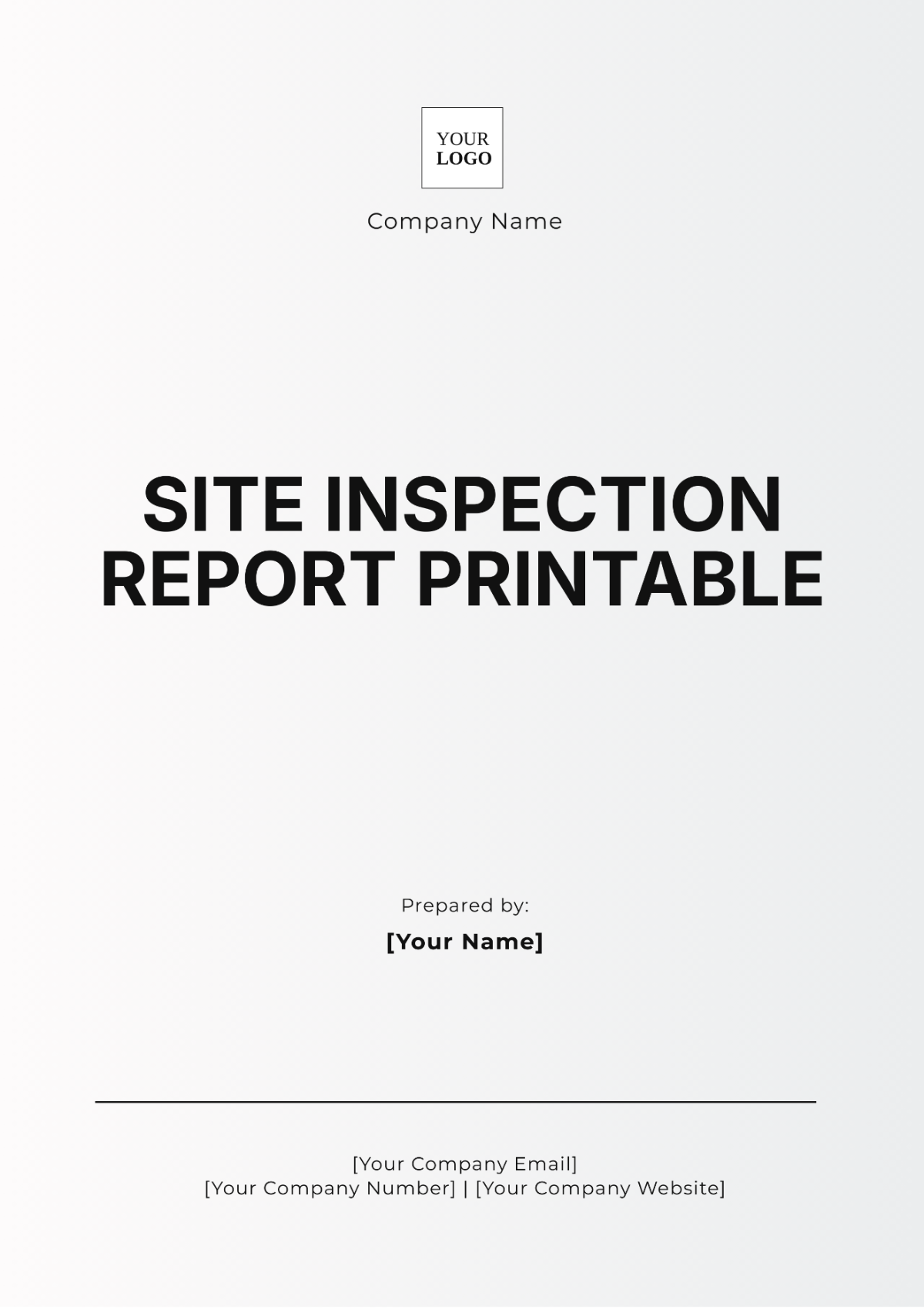Free Handyman Service Inspection Report
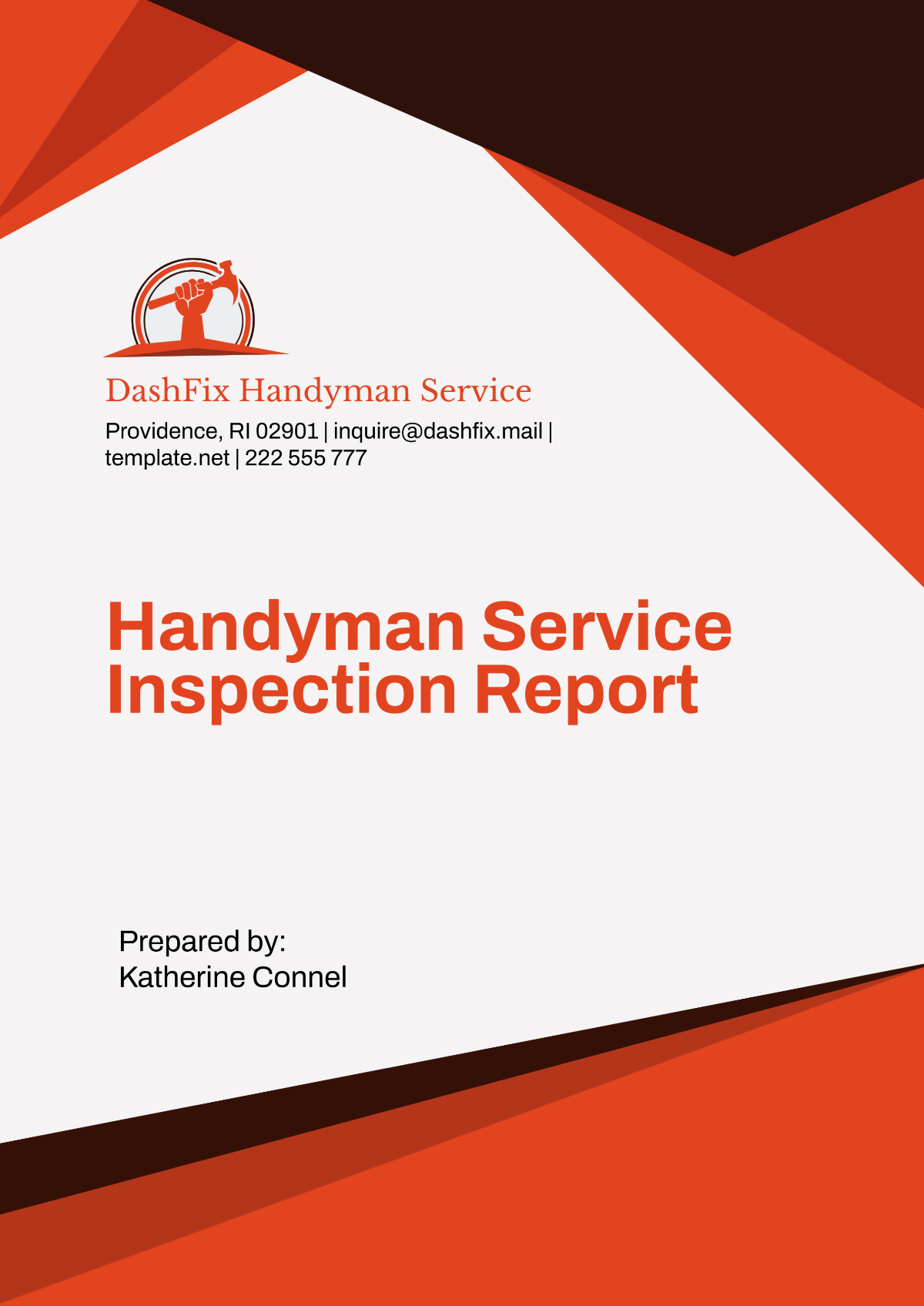
- 100% Customizable, free editor
- Access 1 Million+ Templates, photo’s & graphics
- Download or share as a template
- Click and replace photos, graphics, text, backgrounds
- Resize, crop, AI write & more
- Access advanced editor
Ensure thorough inspections with the Handyman Service Inspection Report Template available on Template.net. This editable and customizable template allows for documenting inspection results, issues, and recommended repairs. Use the Ai Editor Tool to adapt it for specific tasks, creating detailed reports that enhance service quality and accountability. Download now!
You may also like
- Sales Report
- Daily Report
- Project Report
- Business Report
- Weekly Report
- Incident Report
- Annual Report
- Report Layout
- Report Design
- Progress Report
- Marketing Report
- Company Report
- Monthly Report
- Audit Report
- Status Report
- School Report
- Reports Hr
- Management Report
- Project Status Report
- Handover Report
- Health And Safety Report
- Restaurant Report
- Construction Report
- Research Report
- Evaluation Report
- Investigation Report
- Employee Report
- Advertising Report
- Weekly Status Report
- Project Management Report
- Finance Report
- Service Report
- Technical Report
- Meeting Report
- Quarterly Report
- Inspection Report
- Medical Report
- Test Report
- Summary Report
- Inventory Report
- Valuation Report
- Operations Report
- Payroll Report
- Training Report
- Job Report
- Case Report
- Performance Report
- Board Report
- Internal Audit Report
- Student Report
- Monthly Management Report
- Small Business Report
- Accident Report
- Call Center Report
- Activity Report
- IT and Software Report
- Internship Report
- Visit Report
- Product Report
- Book Report
- Property Report
- Recruitment Report
- University Report
- Event Report
- SEO Report
- Conference Report
- Narrative Report
- Nursing Home Report
- Preschool Report
- Call Report
- Customer Report
- Employee Incident Report
- Accomplishment Report
- Social Media Report
- Work From Home Report
- Security Report
- Damage Report
- Quality Report
- Internal Report
- Nurse Report
- Real Estate Report
- Hotel Report
- Equipment Report
- Credit Report
- Field Report
- Non Profit Report
- Maintenance Report
- News Report
- Survey Report
- Executive Report
- Law Firm Report
- Advertising Agency Report
- Interior Design Report
- Travel Agency Report
- Stock Report
- Salon Report
- Bug Report
- Workplace Report
- Action Report
- Investor Report
- Cleaning Services Report
- Consulting Report
- Freelancer Report
- Site Visit Report
- Trip Report
- Classroom Observation Report
- Vehicle Report
- Final Report
- Software Report
Handyman Service Inspection Report
I. Introduction
This report presents the comprehensive findings and analysis of the inspection and operational activities conducted by [Your Company Name] during the year [2050]. The report also outlines financial performance, client satisfaction, and actionable recommendations to ensure continued growth and efficiency in the coming years.
II. Summary of Services
This section provides a detailed breakdown of the services offered by the company during [2050]. Each service category has been summarized in a table with a brief analysis of its impact and performance.
A. Routine Maintenance Services
Routine maintenance accounted for a significant portion of operations, ensuring client systems remained functional and efficient. The high frequency of HVAC and plumbing services indicates strong demand, reflecting client trust in the company’s reliability and expertise.
Service Type | Tasks Performed | Clients Served |
|---|---|---|
HVAC Maintenance | Filter replacement, duct cleaning | 120 |
Electrical Inspections | Panel checks, wiring repairs | 75 |
Plumbing Maintenance | Leak checks, pipe cleaning | 95 |
B. Emergency Repair Services
Emergency services highlighted the company’s ability to respond promptly and effectively to urgent client needs. Plumbing emergencies were the most frequently addressed, emphasizing the importance of a skilled, ready team. This service strengthened the company's reputation for reliability during critical situations.
Service Type | Average Response Time | Cases Handled |
|---|---|---|
Electrical Repairs | 1 hour | 50 |
Plumbing Emergencies | 45 minutes | 70 |
Structural Repairs | 2 hours | 30 |
C. Preventative Services
Preventative services demonstrated steady growth, with clients increasingly understanding their long-term cost benefits. Seasonal maintenance programs proved particularly effective in mitigating peak-season issues, reducing emergency callouts.
Service Type | Focus Areas | Clients Enrolled |
|---|---|---|
Annual Inspections | Structural, electrical, plumbing | 85 |
Preventative Contracts | HVAC systems, roof inspections | 60 |
Seasonal Maintenance Programs | Heating and cooling systems | 40 |
D. Specialized Projects
Specialized projects offered high revenue opportunities, showcasing the company’s adaptability and technical expertise. Solar panel installations gained popularity, aligning with sustainability trends, while custom design projects highlighted the company’s attention to detail and personalized service.
Project Type | Examples | Clients Served |
|---|---|---|
Renovations | Office spaces, residential homes | 15 |
Installations | Solar panels, smart systems | 10 |
Custom Design Work | Cabinetry, built-in systems | 8 |
III. Inspection Data
Inspection activities provided detailed insights into the conditions and challenges encountered on client properties.
Inspection Metrics | Details |
|---|---|
Total Properties Serviced | 150 |
Total Inspection Visits | 600 |
Major Issues Identified | 300 |
Resolved Issues | 285 |
Pending Issues | 15 |
The majority of issues identified during inspections were addressed promptly, showcasing efficiency and dedication. Pending issues mainly involve larger projects requiring additional time and resources, such as structural reinforcements and specialized repairs.
IV. Financial Overview
The financial performance of [Your Company Name] reflects its ability to generate sustainable revenue streams across service categories.
Service Category | Revenue Generated |
|---|---|
General Repairs | $75,000 |
Preventative Maintenance | $45,000 |
Emergency Repairs | $25,000 |
Special Projects | $60,000 |
Total Revenue | $205,000 |
The financial success of the year was driven by special projects, which accounted for the largest revenue share. Preventative maintenance and emergency repairs also contributed significantly, underscoring the importance of offering a diverse range of services to meet client demands.
V. Key Accomplishments
[Your Company Name] achieved several milestones in [2050] that reflect its growth and commitment to quality:
Increased Client Satisfaction: Achieving a [95%] positive feedback rate from post-service surveys demonstrates the company's dedication to meeting and exceeding client expectations. This was supported by consistent communication, timely responses, and the quality of services rendered.
Completion of Major Projects: Successfully handled several large-scale projects, including complex maintenance and repair tasks. These projects showcased the team's technical expertise and ability to meet deadlines without compromising quality.
Investment in Technology: Integrated new tools and software for task management and client engagement, which streamlined operations and improved efficiency across departments.
VI. Challenges Identified
Acknowledging and addressing challenges from the past year is crucial for ensuring growth and resilience.
Inconsistent Resource Allocation: A lack of adequate personnel during peak service periods led to delays in meeting some client deadlines. This underscored the need for better workforce planning.
Equipment Wear and Tear: Some tools and equipment showed signs of aging, resulting in occasional downtime. Delays caused by equipment maintenance highlighted the importance of regular updates and investments in technology.
Limited Awareness of Preventative Services: Many clients focused on reactive maintenance rather than preventative services, limiting the company's ability to establish recurring revenue streams and reduce emergency callouts.
Fluctuating Demand in Off-Peak Seasons: Reduced demand during certain months led to underutilization of resources, signaling the need for marketing strategies to stabilize workloads throughout the year.
VII. Preventative Actions and Recommendations
To overcome challenges and improve service quality, [Your Company Name] has identified the following strategies:
Resource Allocation and Workforce Planning: Implement a more flexible staffing model, including on-call personnel, to address fluctuating demand. Hiring additional skilled workers and cross-training existing employees will ensure readiness during peak periods.
Equipment Upgrades and Maintenance: Develop an annual equipment review and upgrade plan to replace outdated tools. Proactively scheduling maintenance will prevent downtime and improve service reliability.
Educating Clients on Preventative Maintenance: Launch educational campaigns to inform clients about the benefits of preventative services. This could include newsletters, workshops, and one-on-one consultations to demonstrate the long-term cost savings and efficiency benefits of preventative care.
Seasonal Marketing Strategies: Develop targeted campaigns to attract clients during traditionally slower months. Special promotions, discounts, or bundled service packages can help balance the workload across all seasons.
Implementation of a Feedback Loop: Strengthen client feedback mechanisms to address concerns quickly and adapt services to evolving client needs. Continuous improvement based on direct input will enhance customer satisfaction and loyalty.
VIII. Conclusion and Next Steps
The following steps are essential for ensuring continuous improvement and achieving success in [2051]:
Conduct a Detailed Performance Review to Identify Areas of Improvement: A comprehensive analysis of the operations will help pinpoint strengths and weaknesses in service delivery, client engagement, and operational efficiency.
Establish Clear Benchmarks and Key Performance Indicators (KPIs) for Operational Excellence: Setting measurable goals and performance standards will provide the team with clear objectives and a roadmap to achieve them. Regularly reviewing these benchmarks will foster a culture of continuous improvement and operational transparency.
Invest in Marketing Campaigns to Attract New Clients and Promote Preventative Services: To sustain growth, targeted marketing efforts will raise awareness of the company’s services. Highlighting the cost-saving benefits of preventative maintenance will encourage more clients to opt for these services, ensuring steady demand.
Plan for Expanding the Team and Updating Equipment to Meet Increasing Demands: As service demands grow, it will be crucial to hire additional skilled personnel to maintain quality and responsiveness. This dual approach ensures the company is well-equipped to handle a larger volume of projects without compromising service standards.
[Your Company Name] delivered consistent, high-quality handyman services while overcoming several operational challenges. By addressing the challenges identified and implementing the recommended strategies, [Your Company Name] is well-positioned to achieve greater success and growth in the upcoming year.
